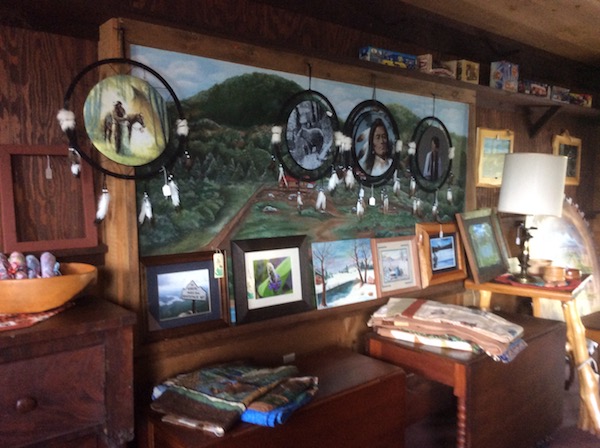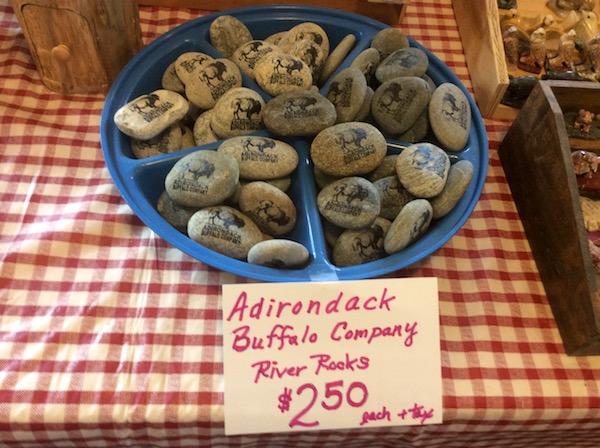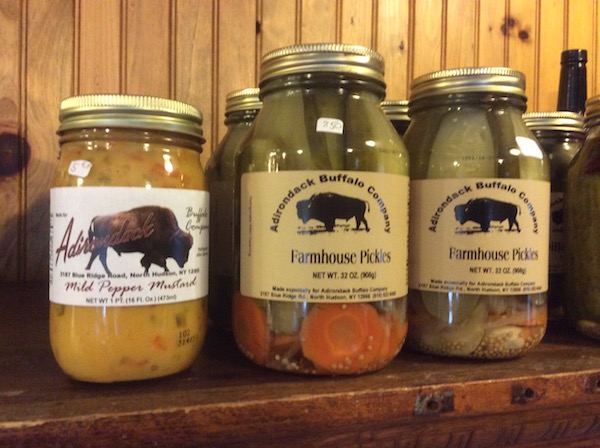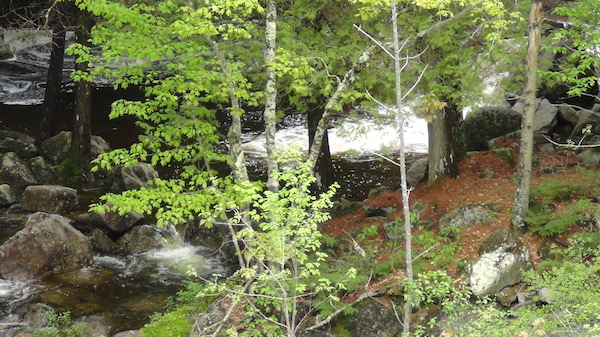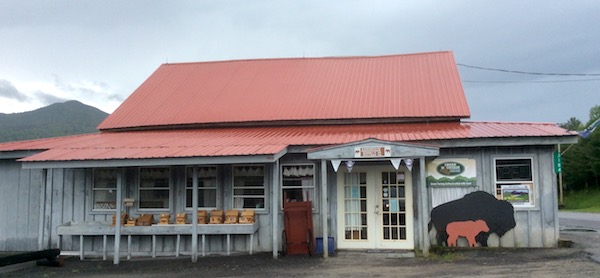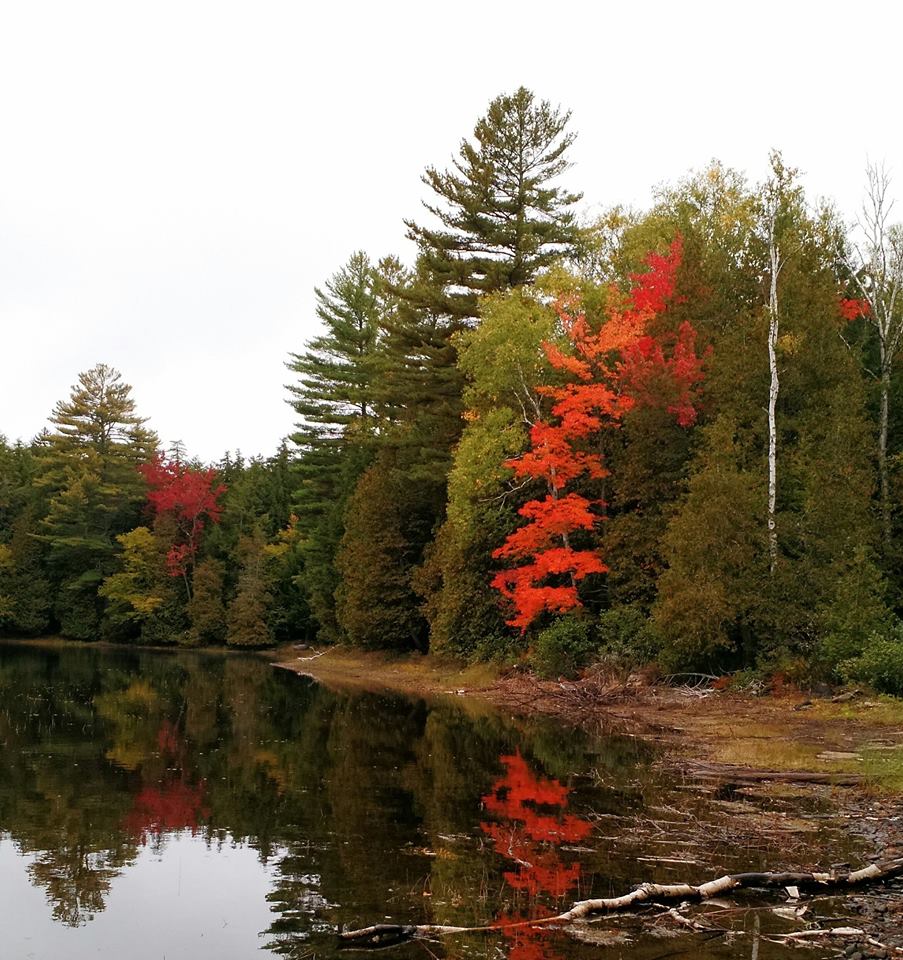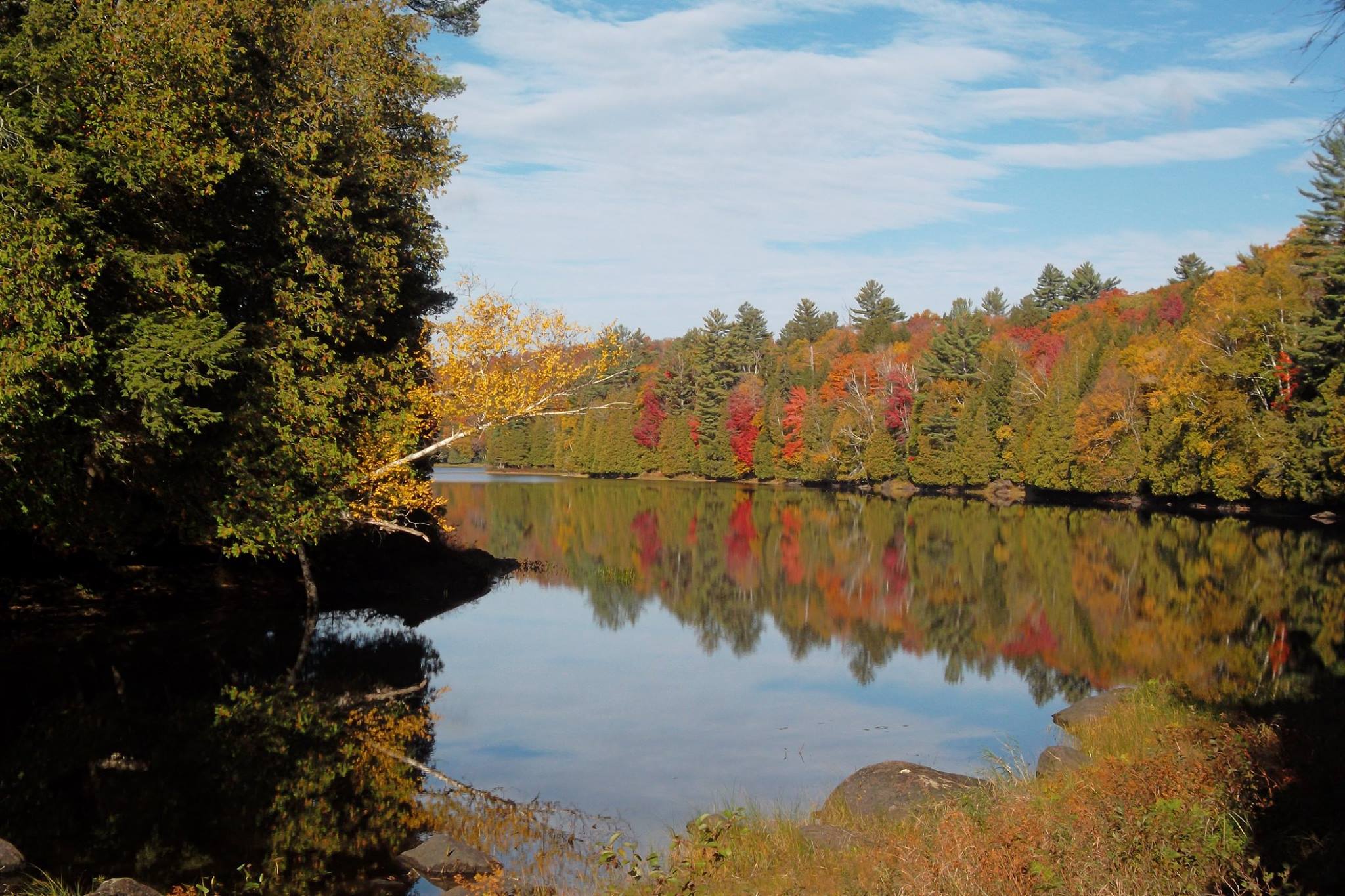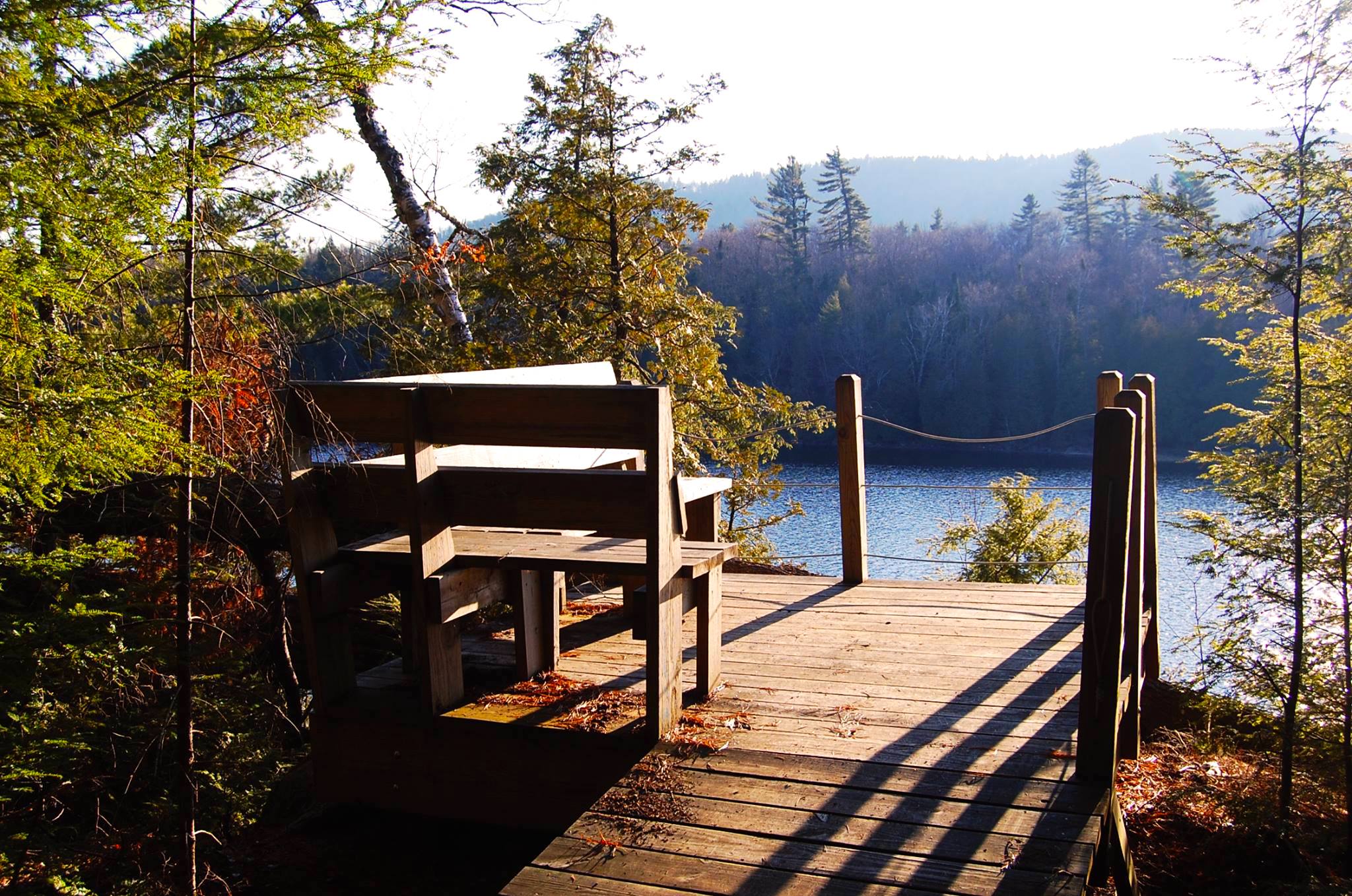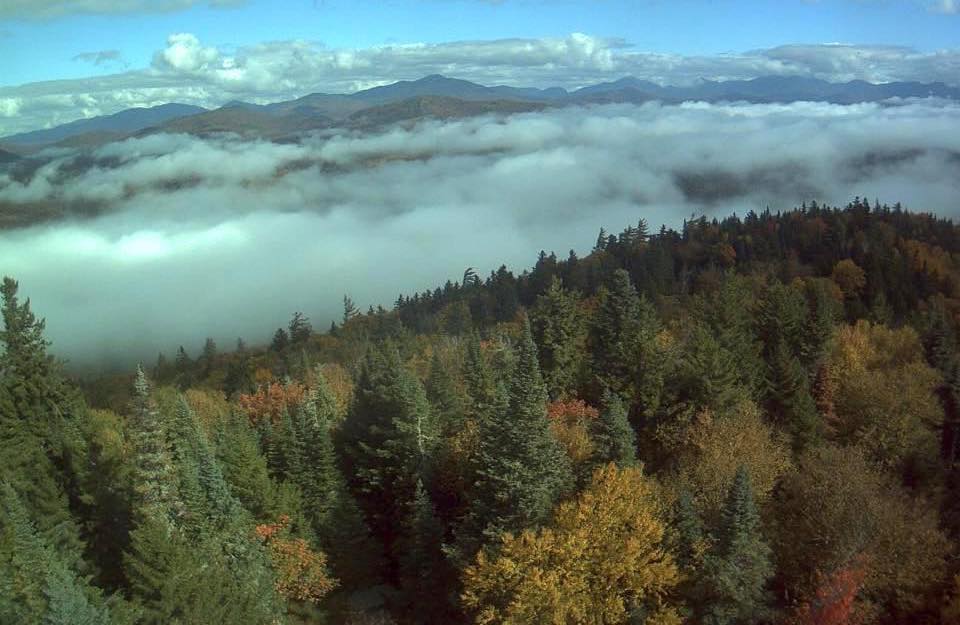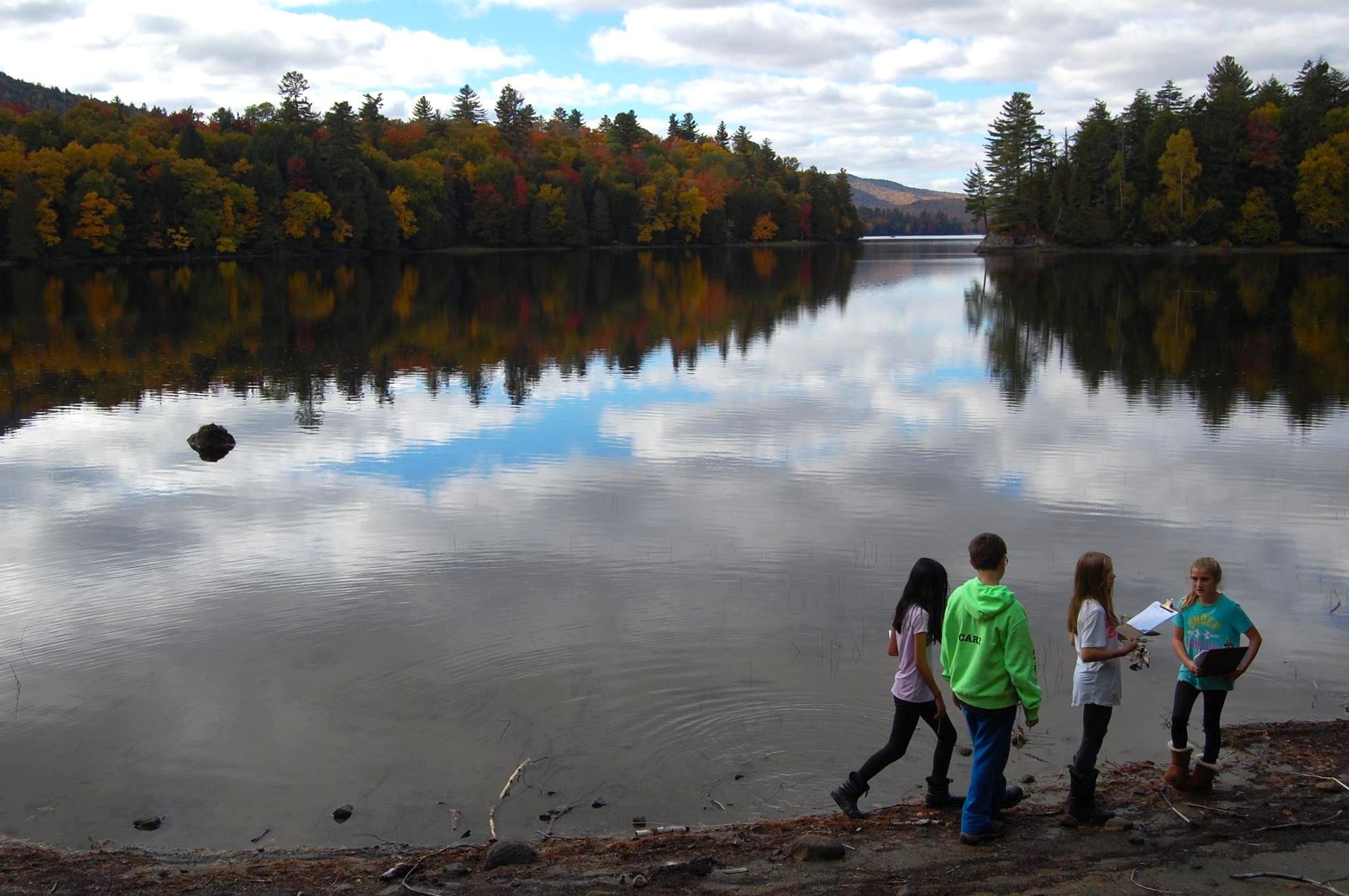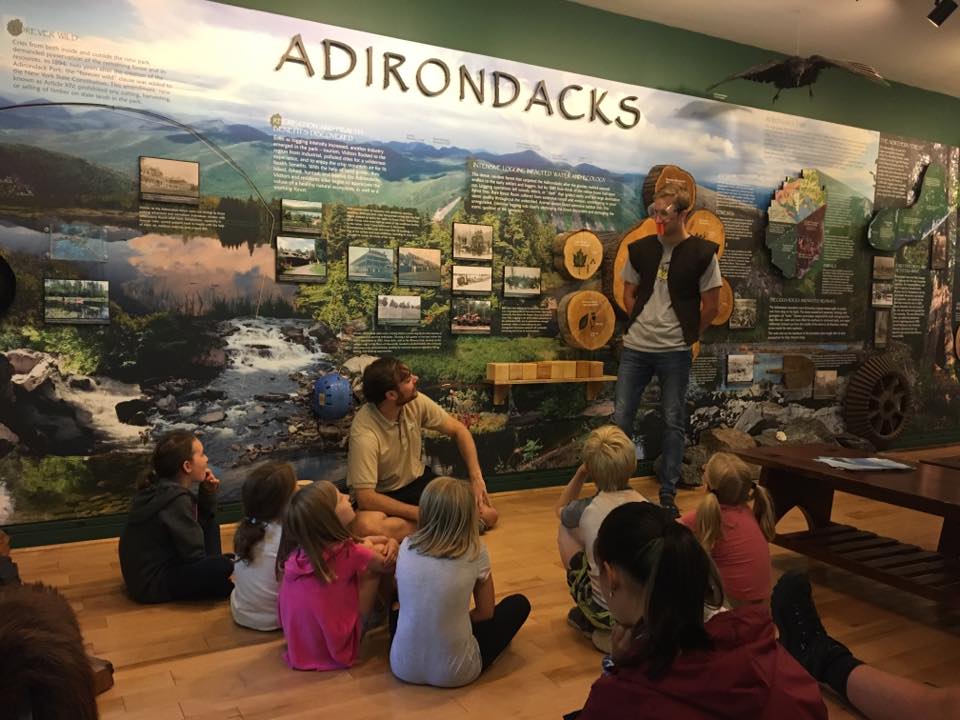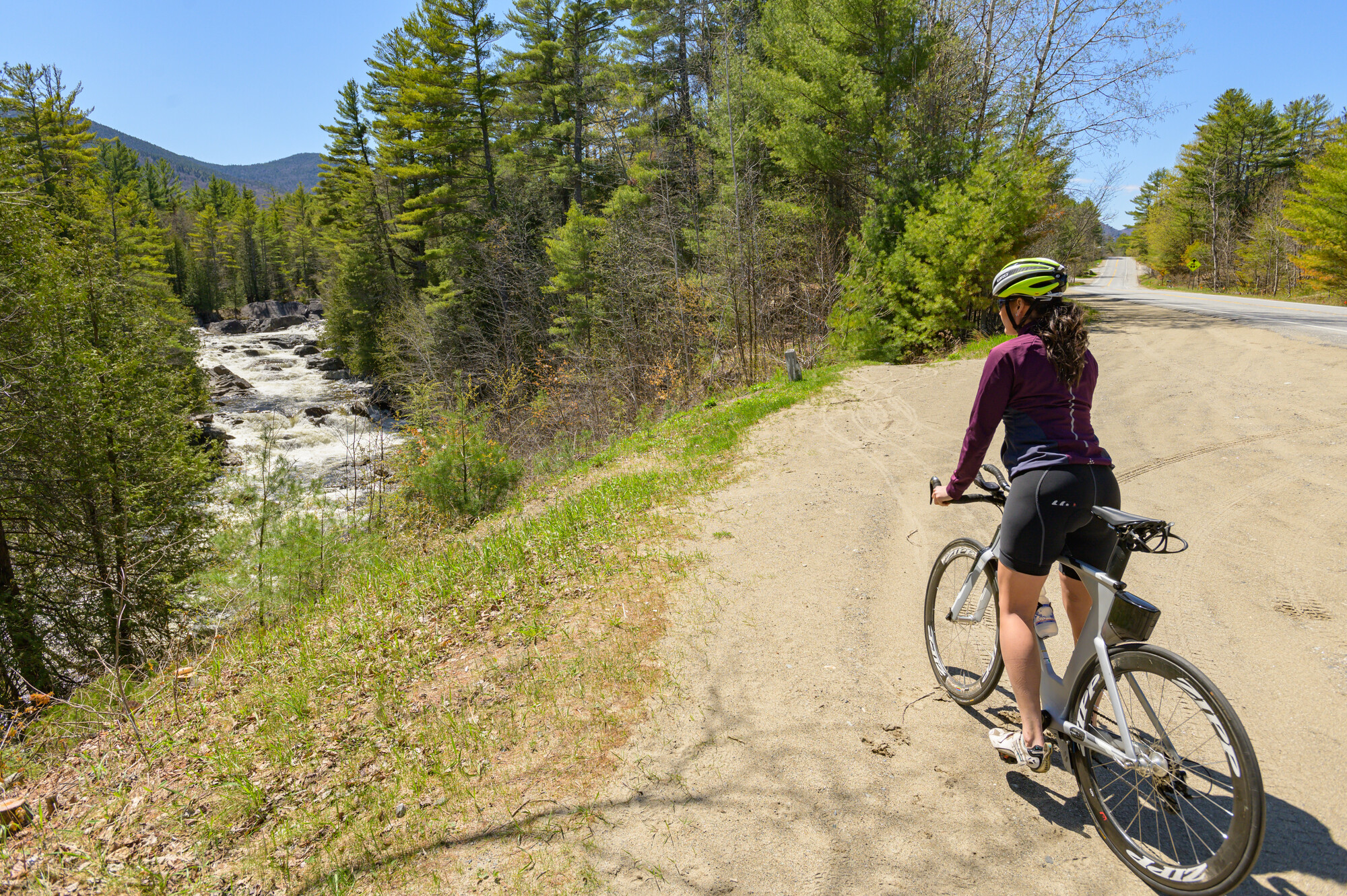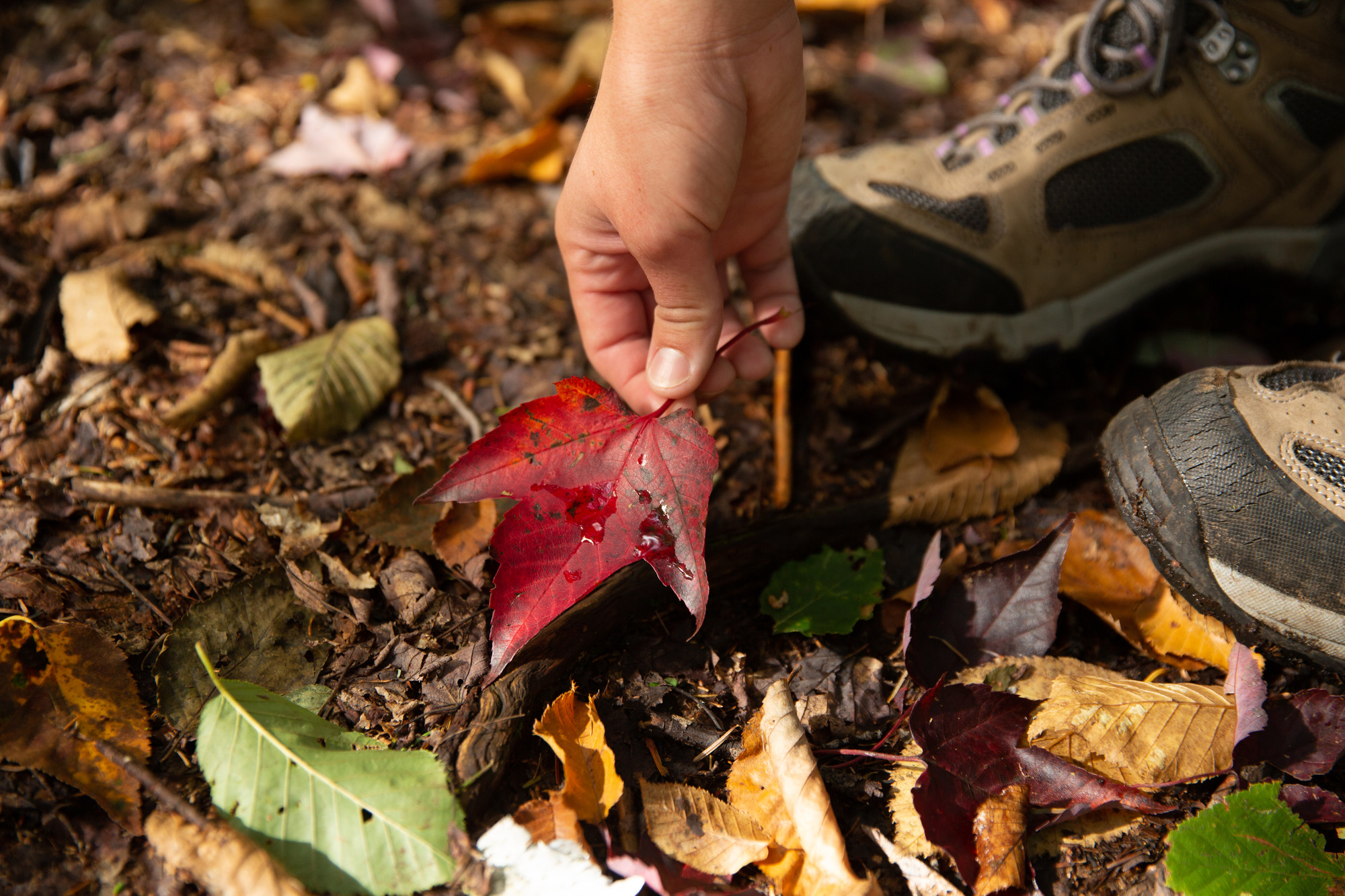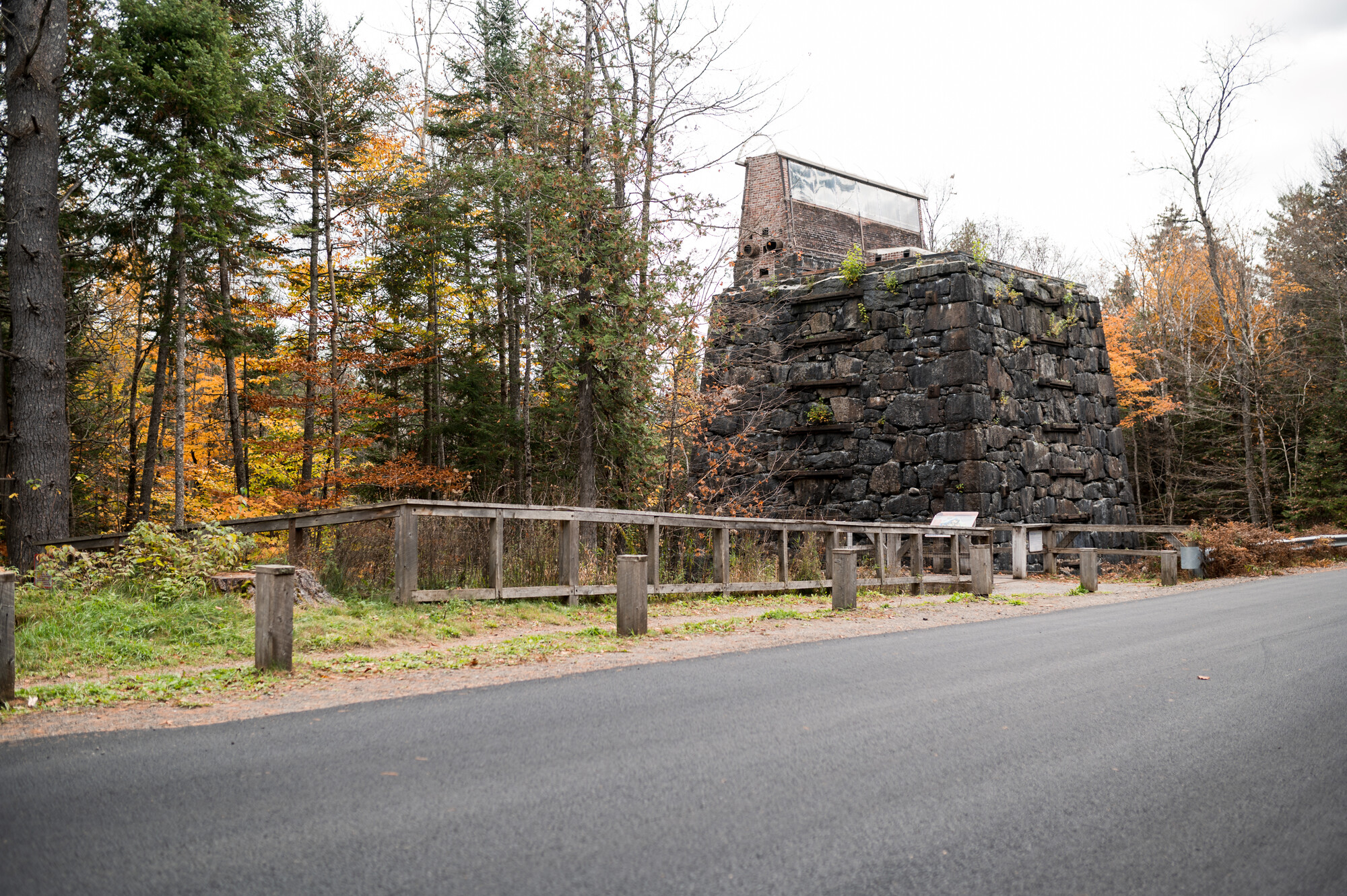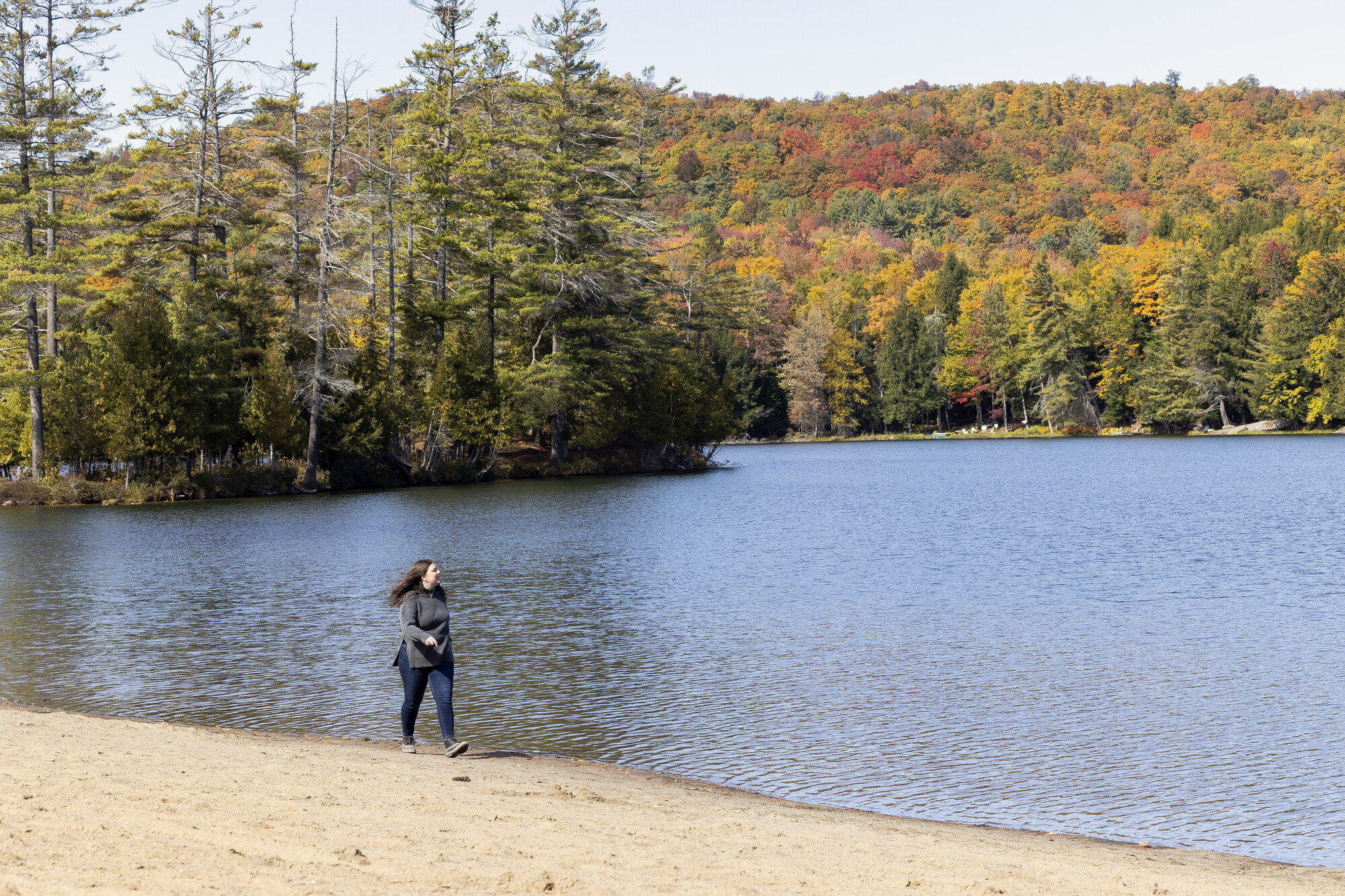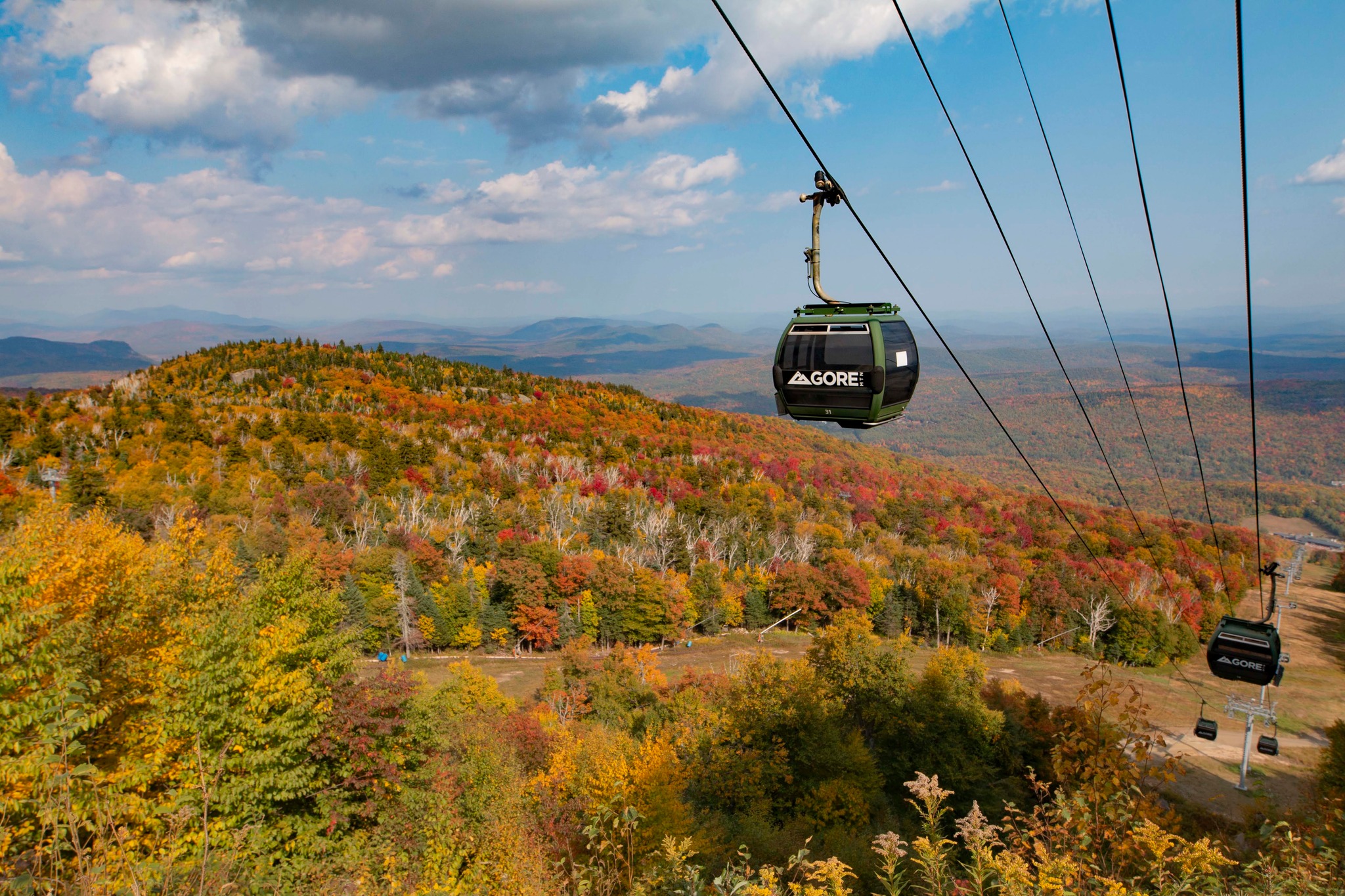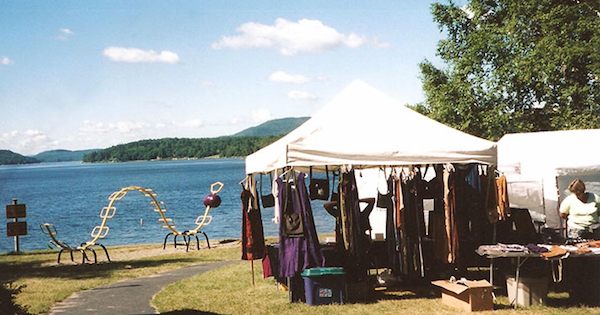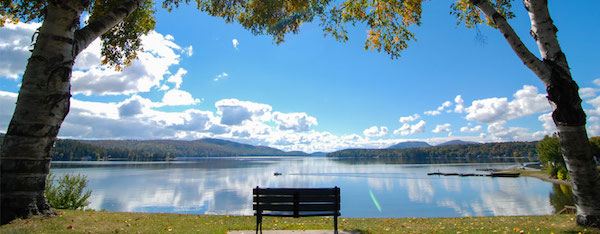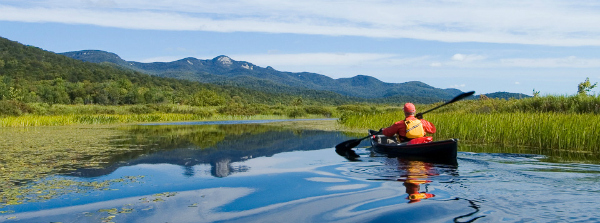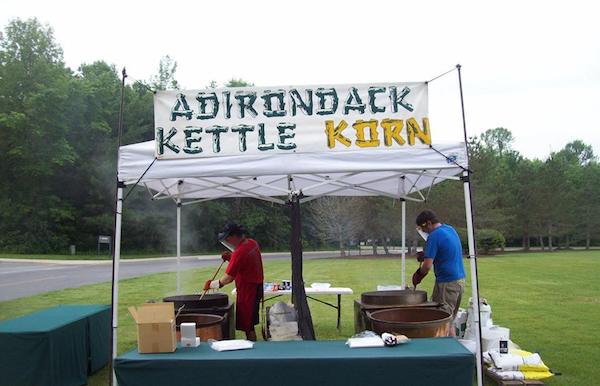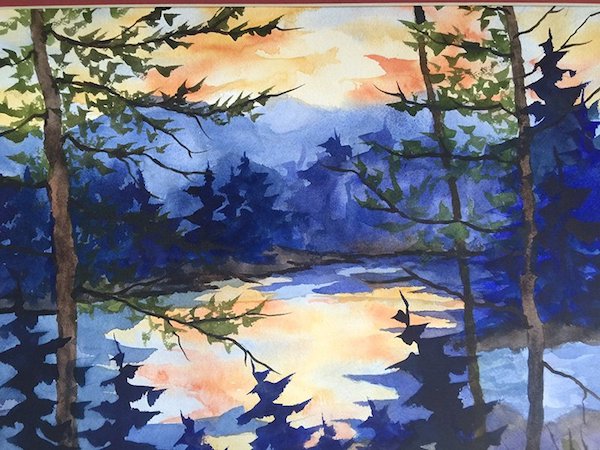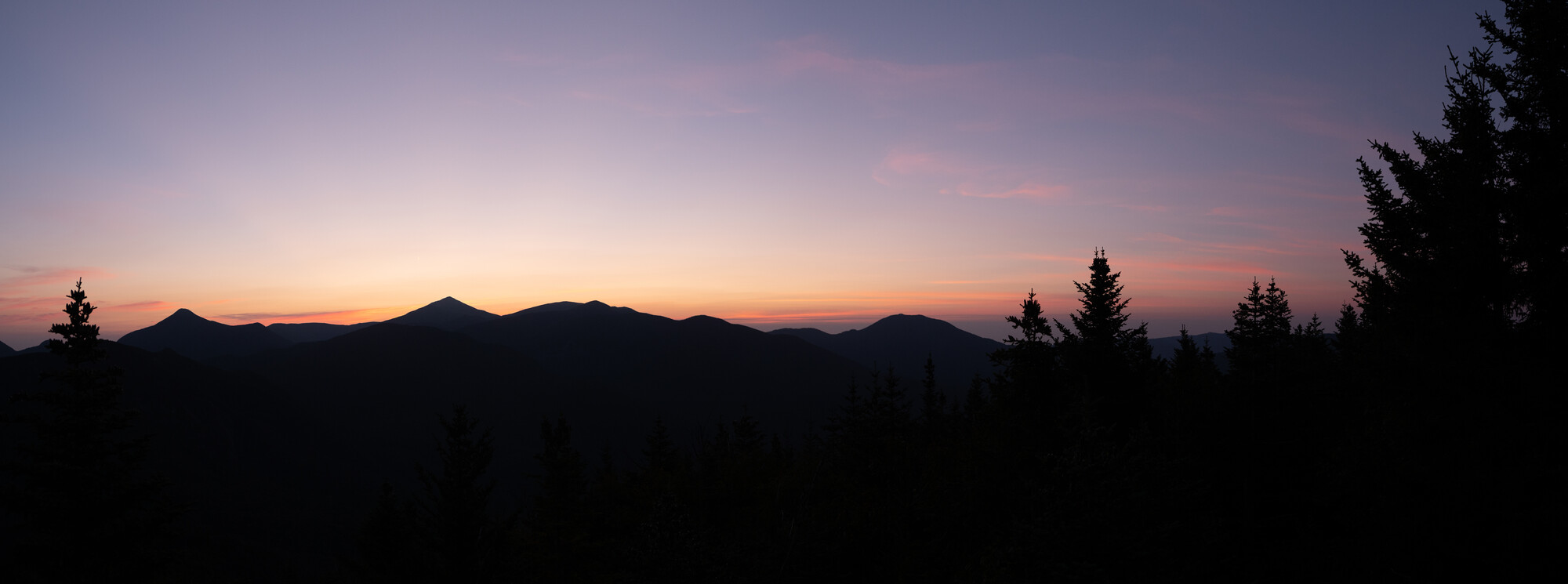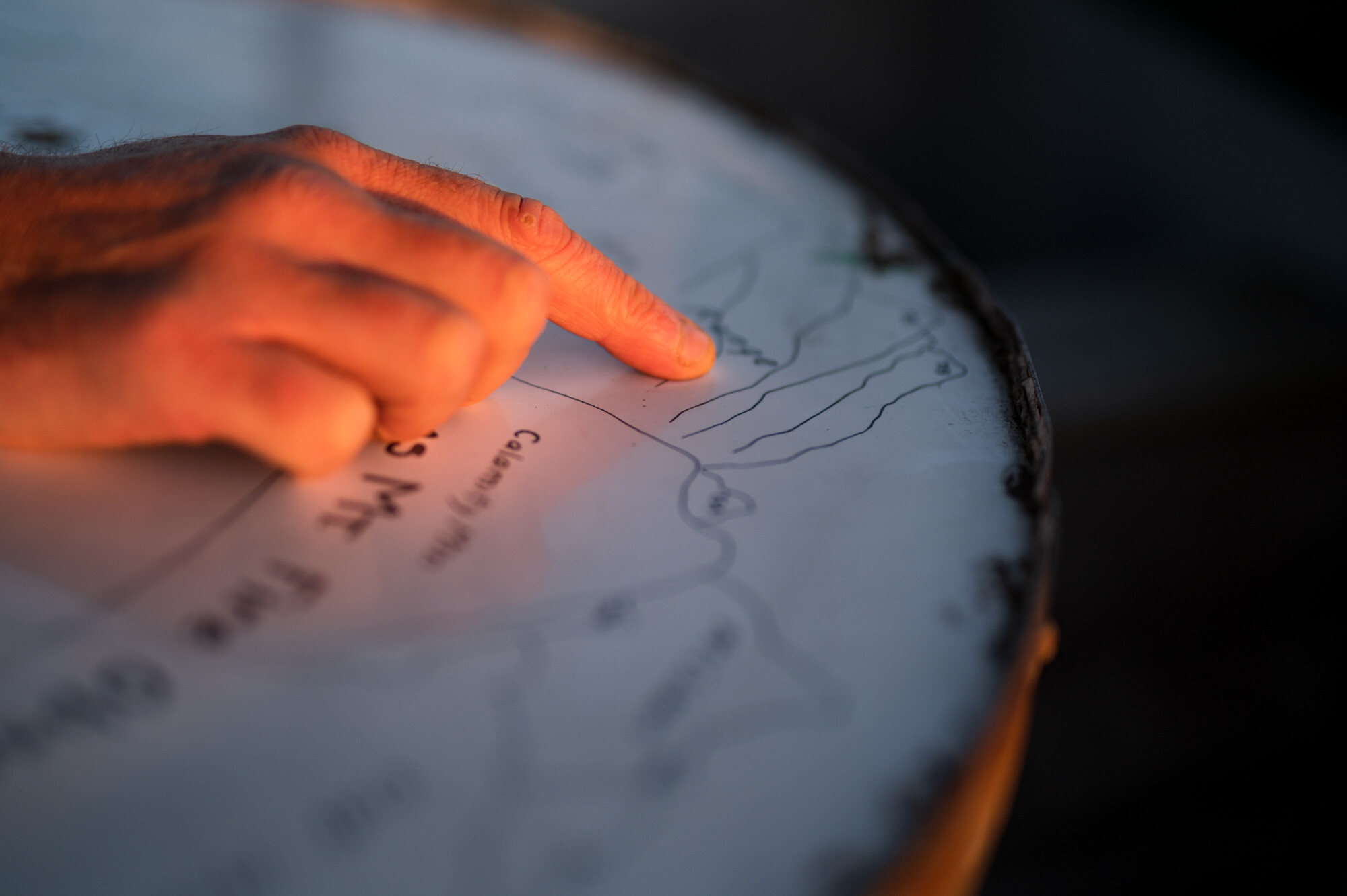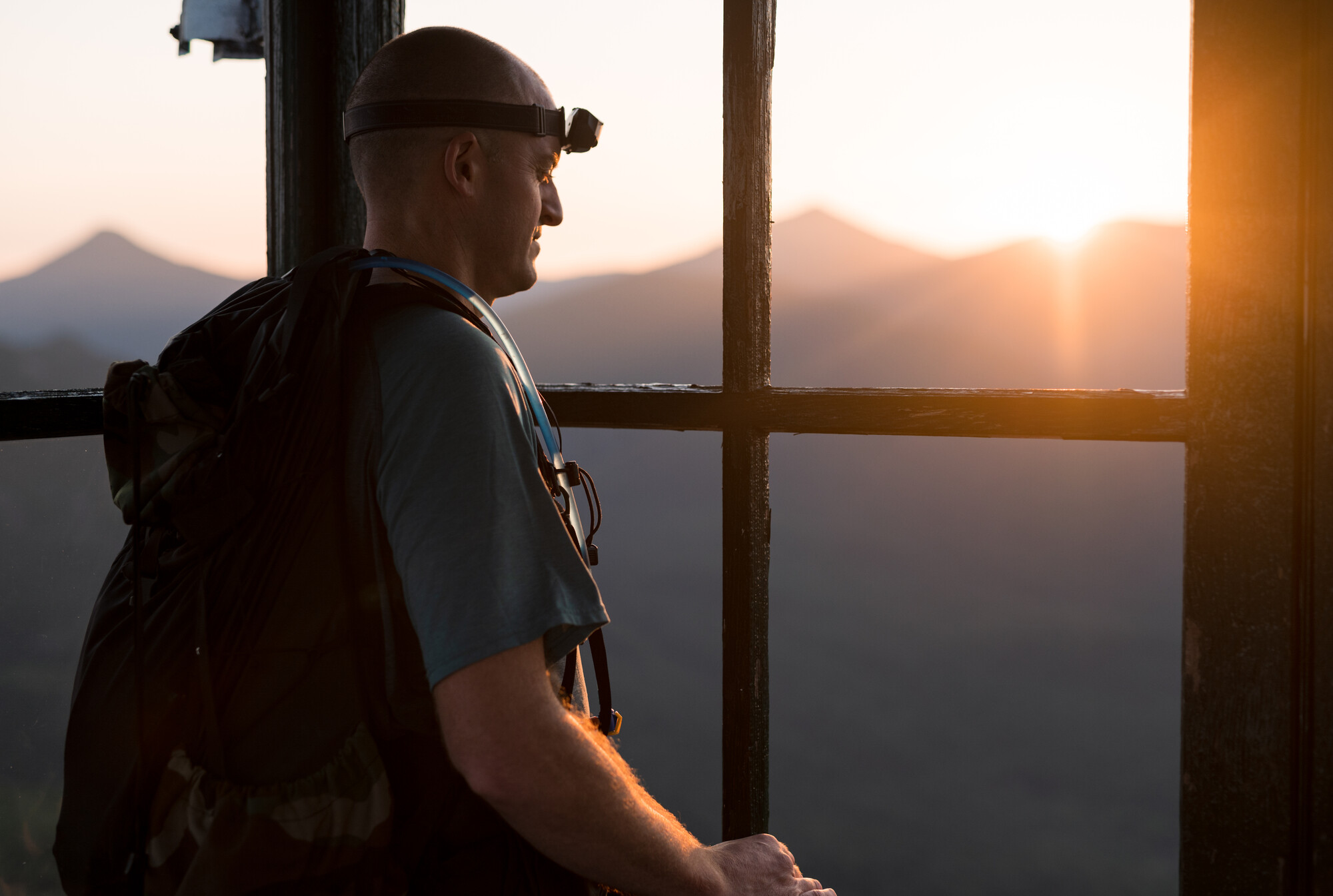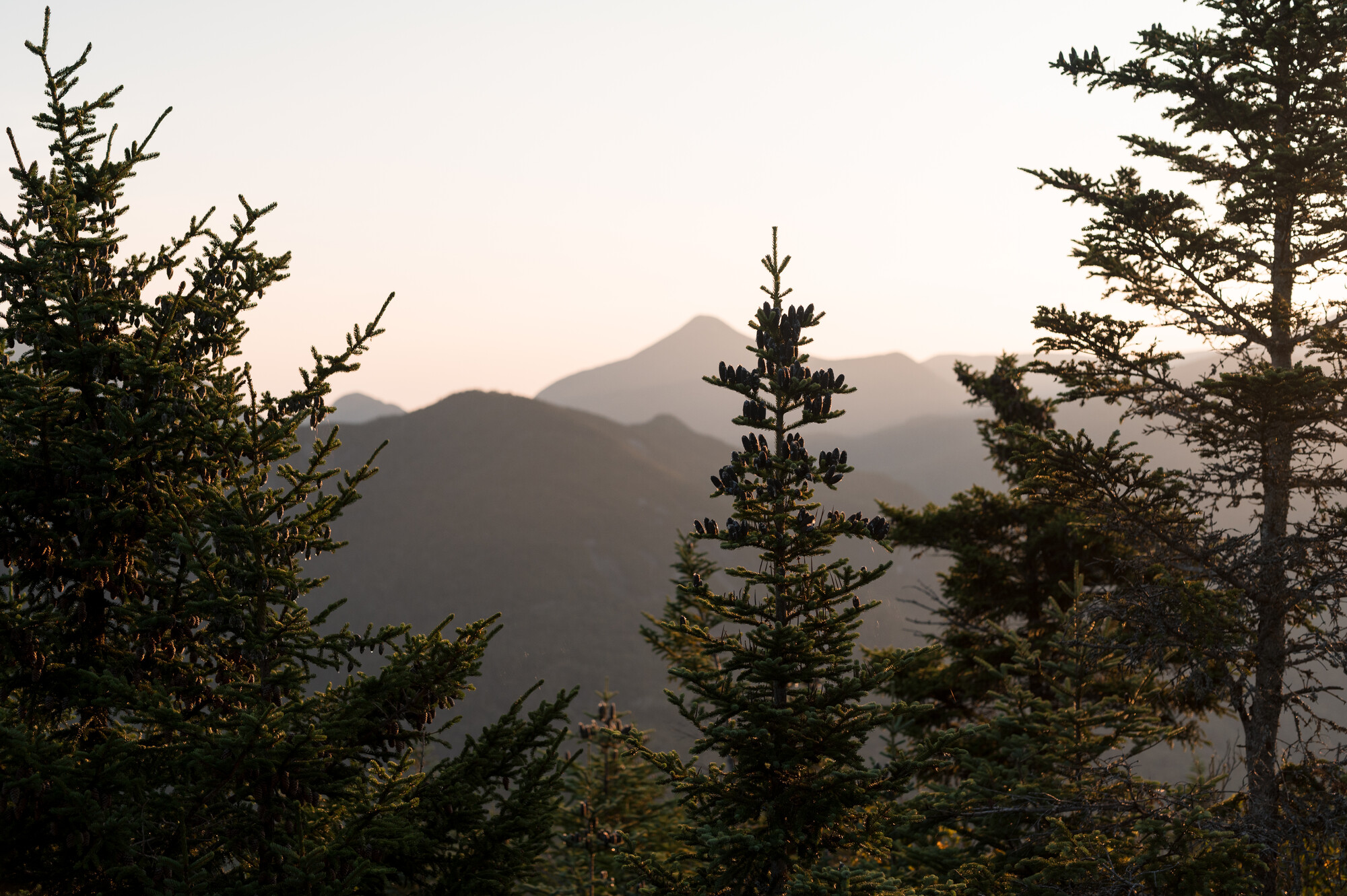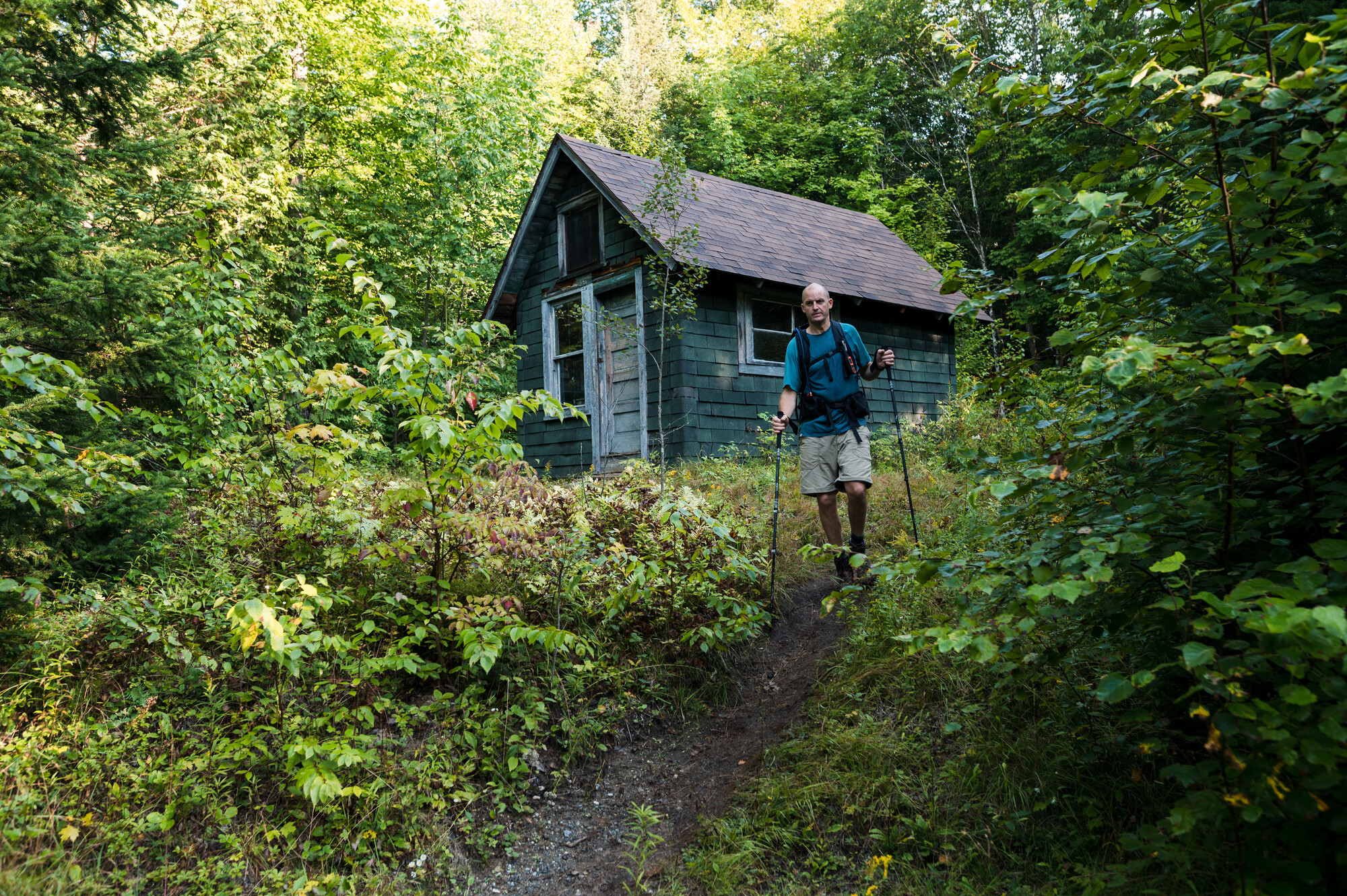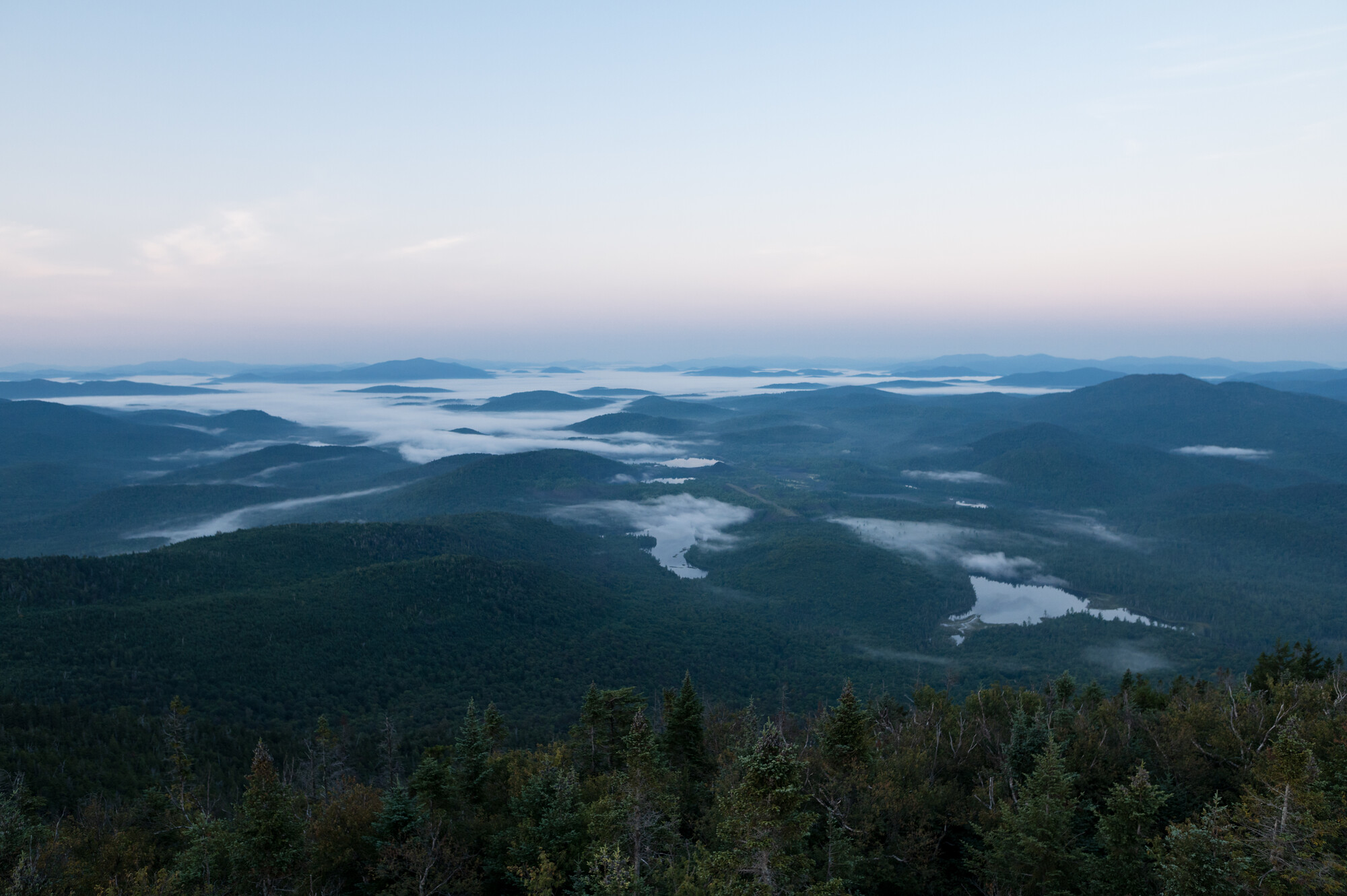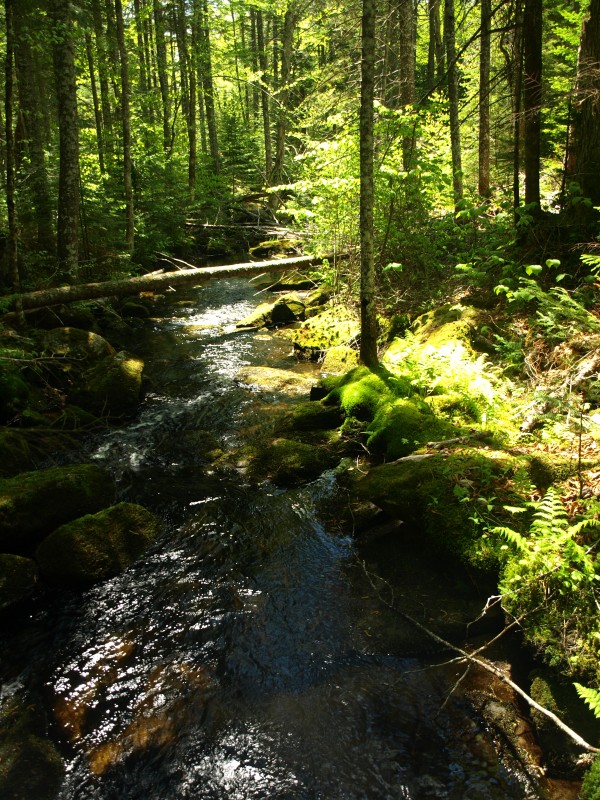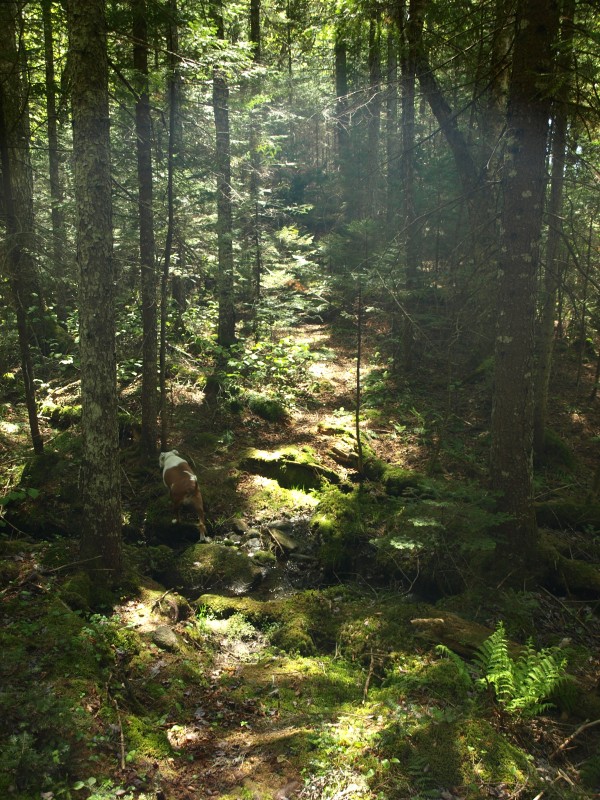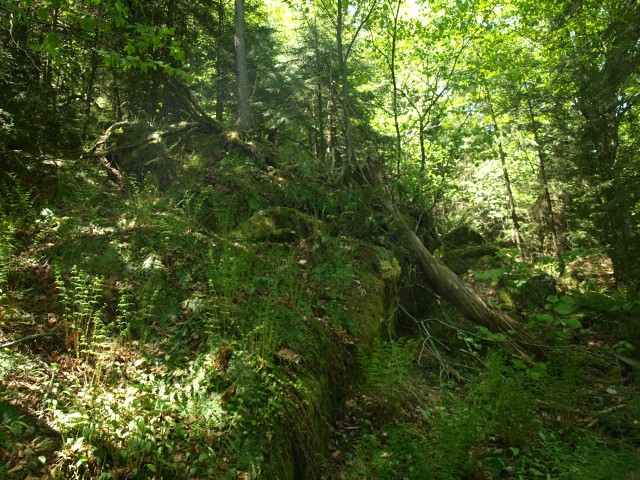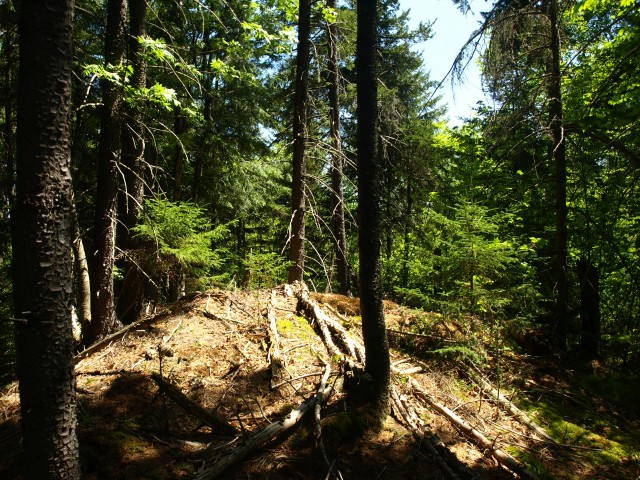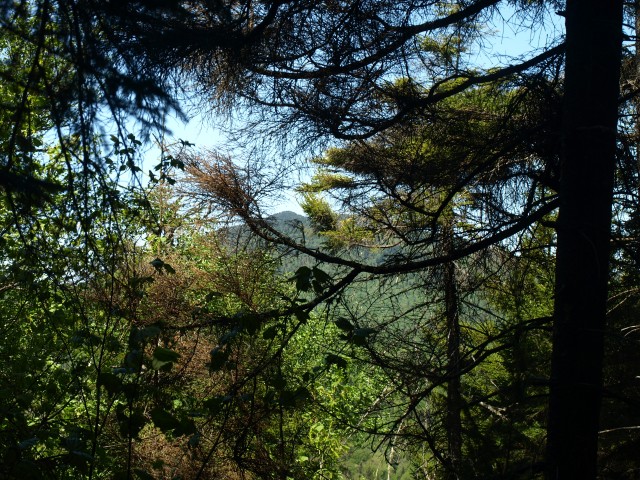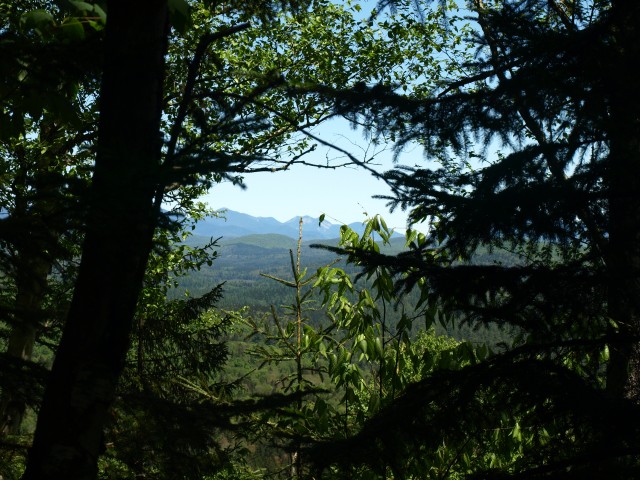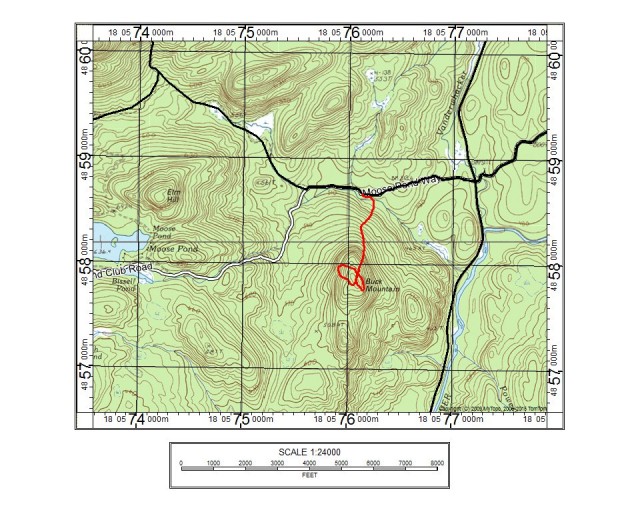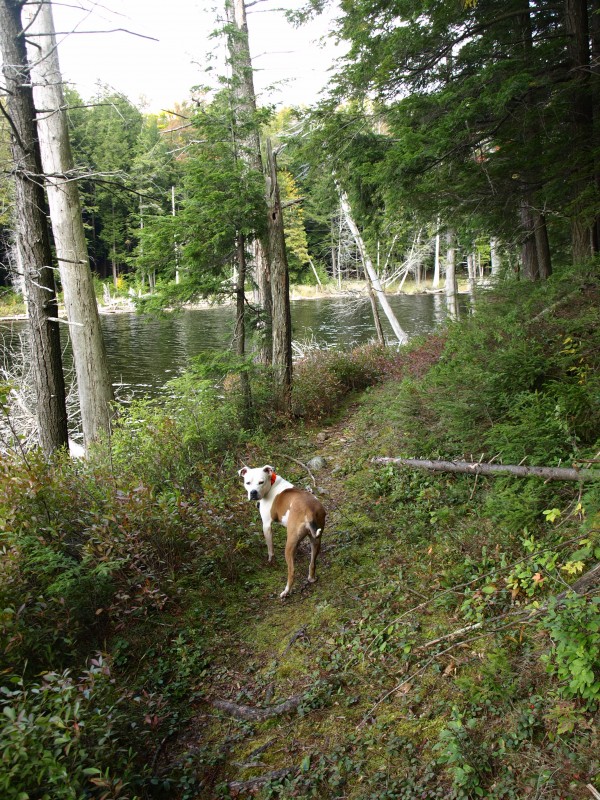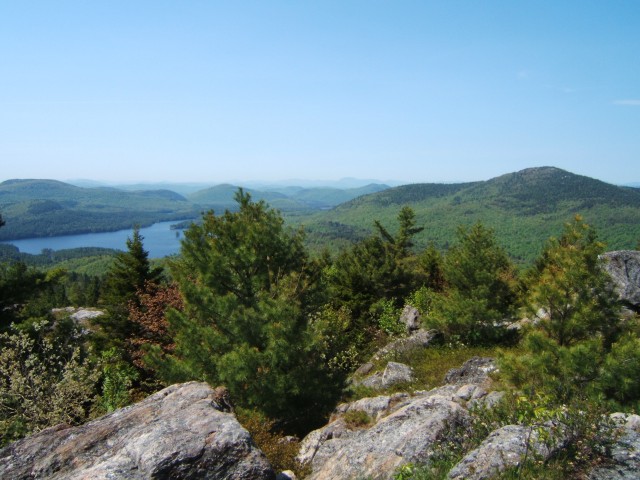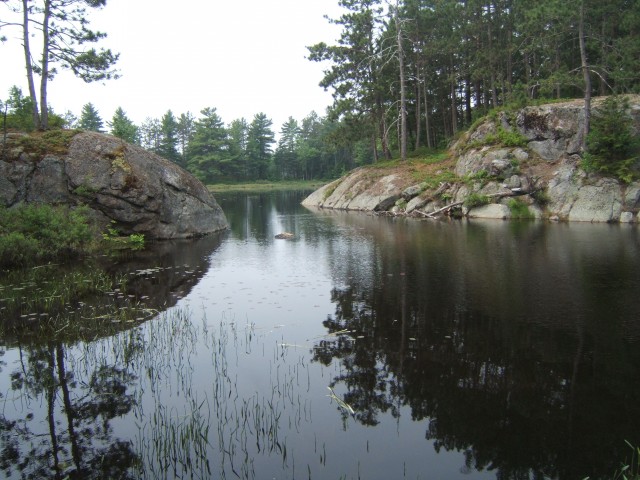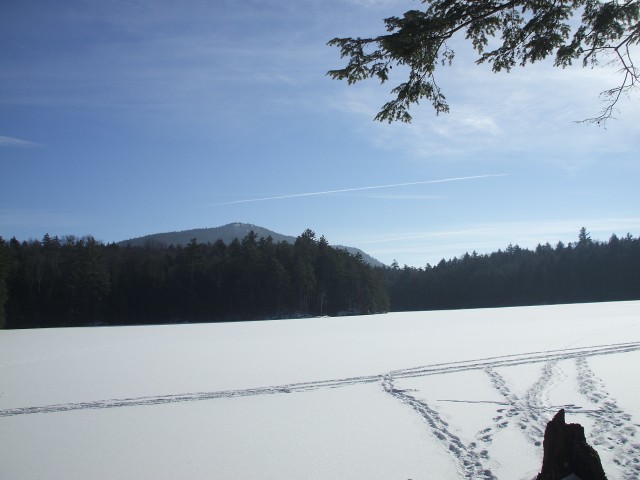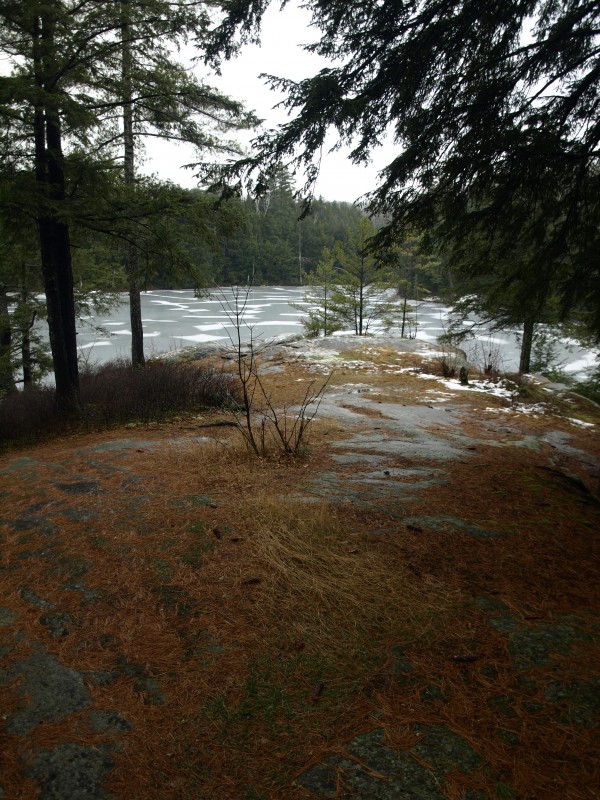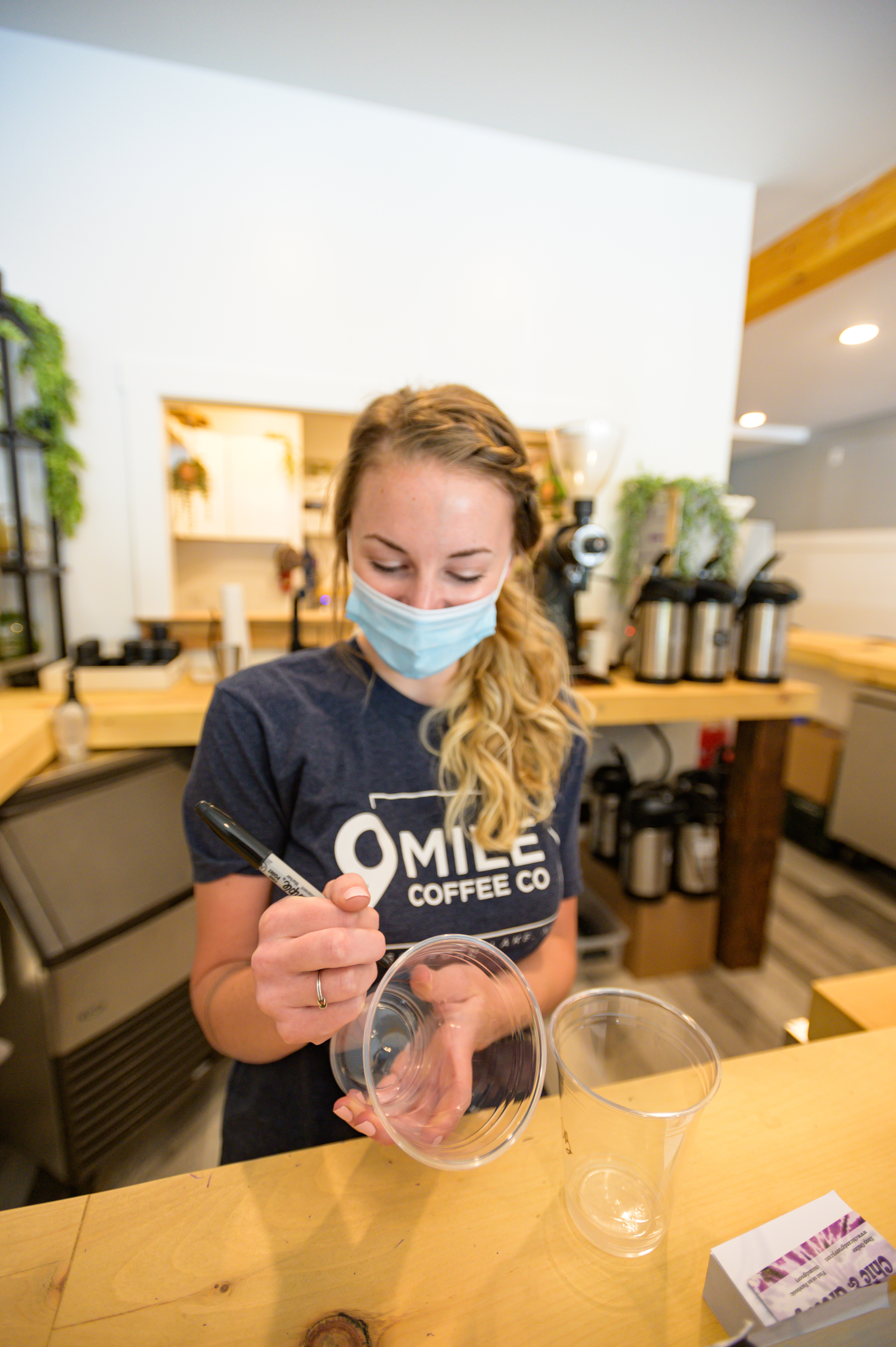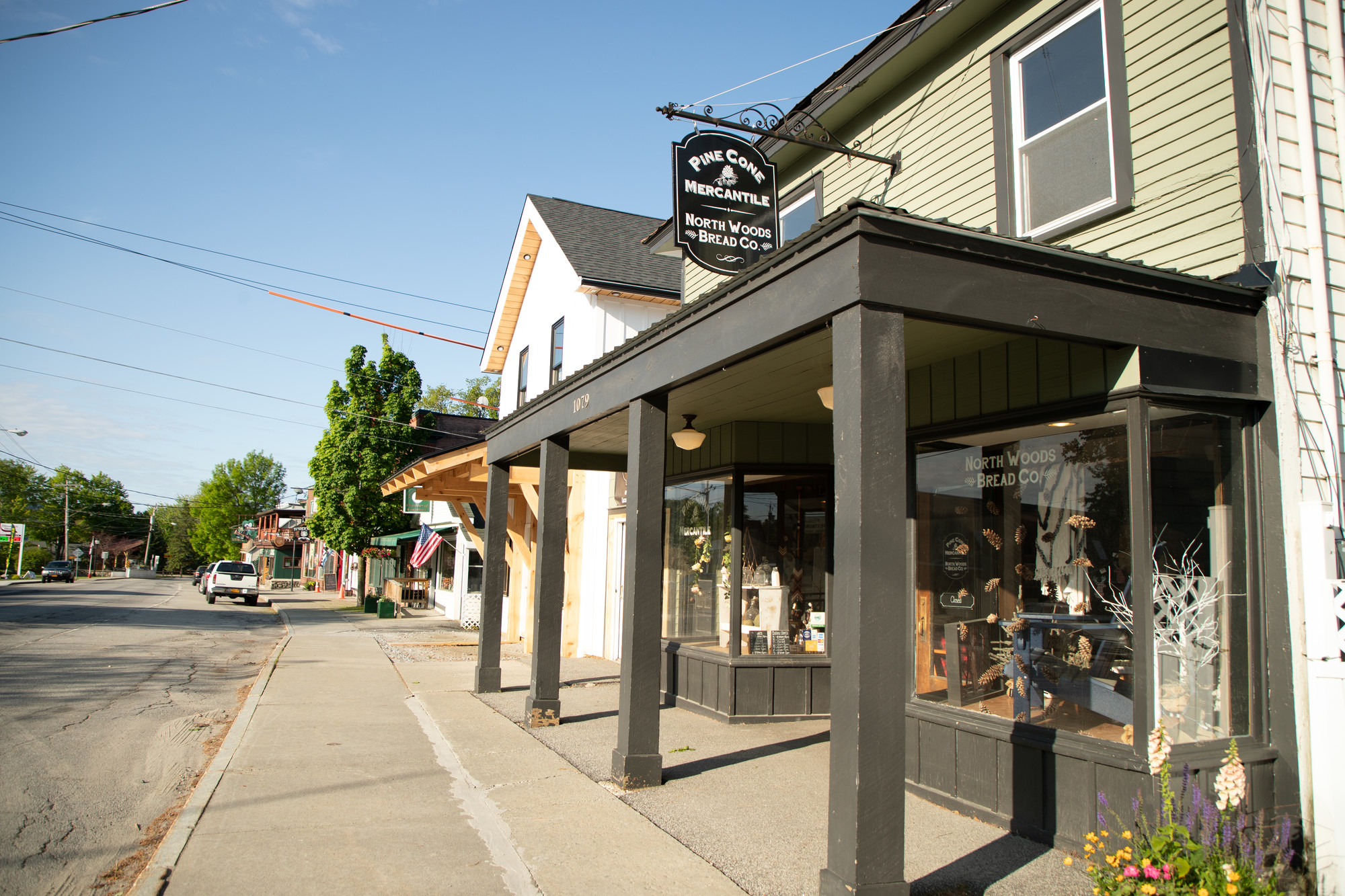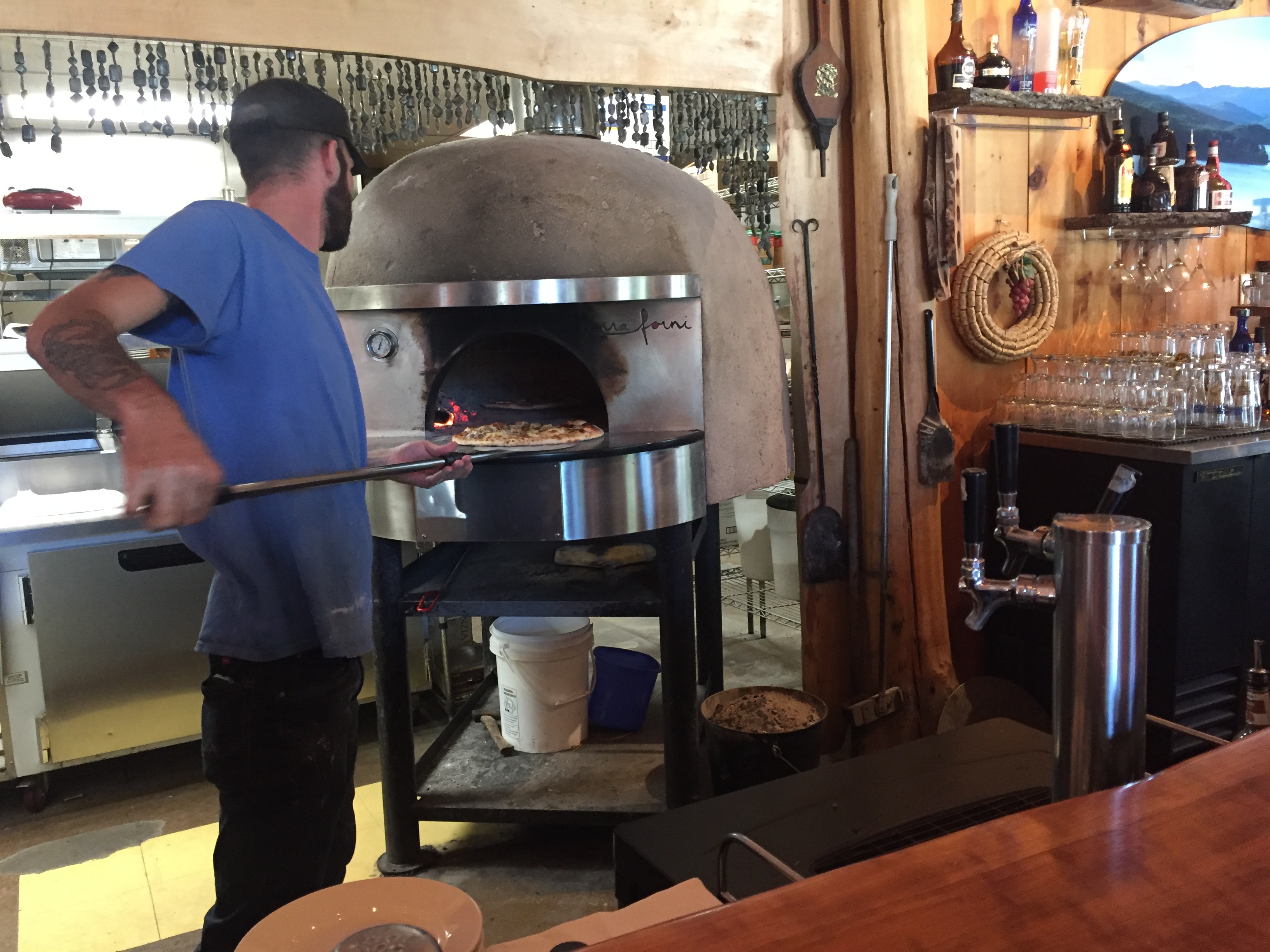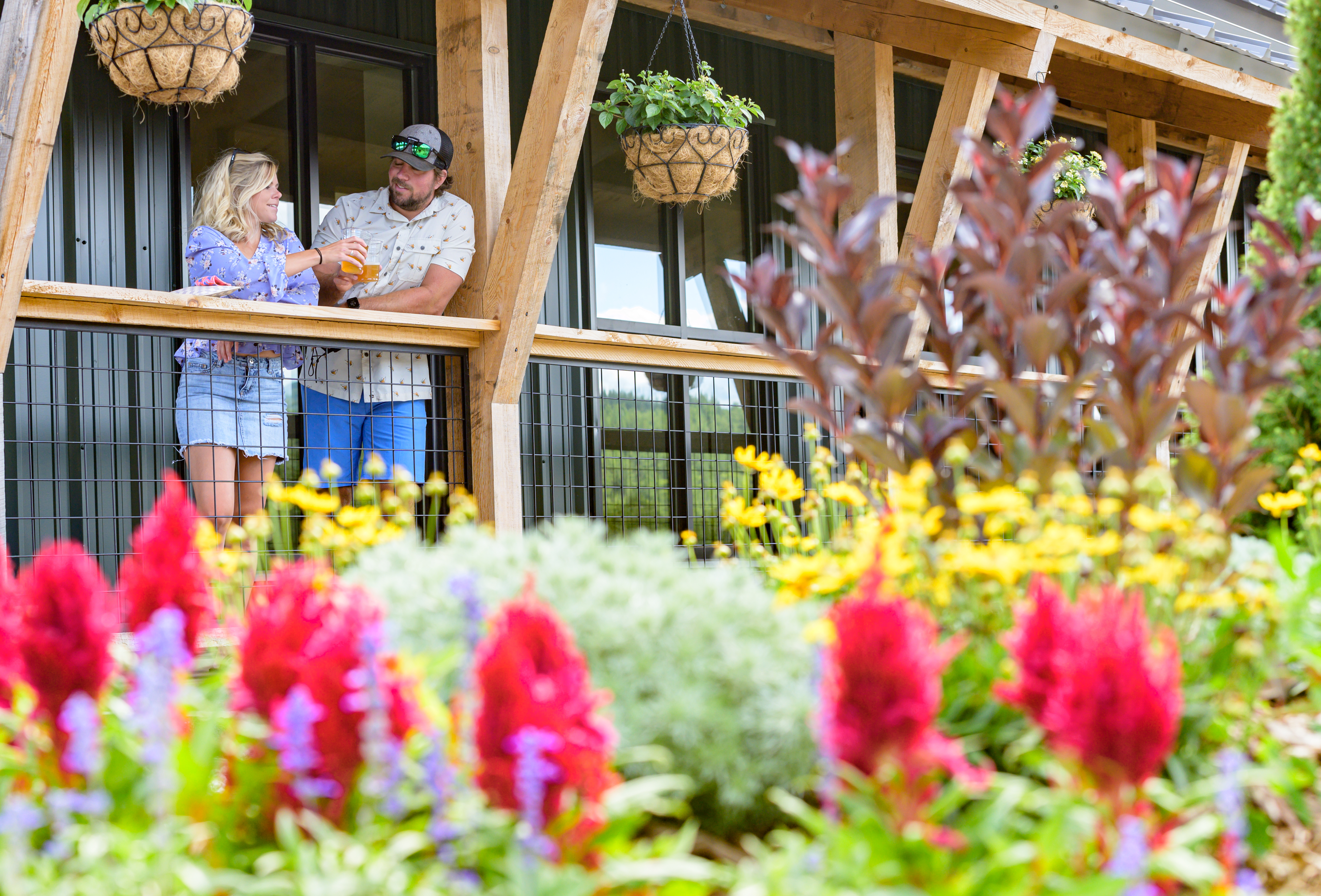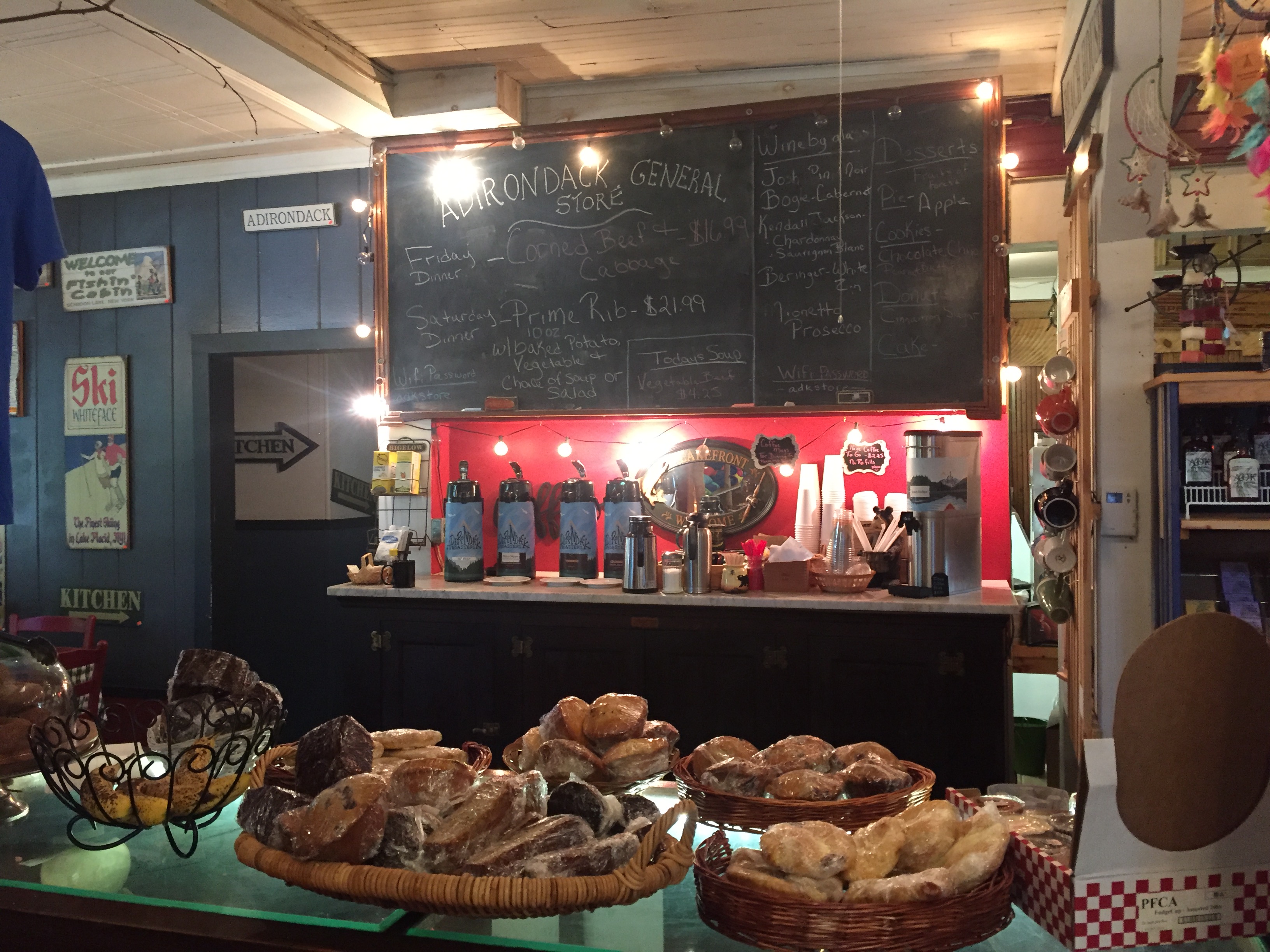Mid-Winter Events 2014
Mid-winter in the Schroon Lake Region means EVENTS!
- Snowshoe hikes at the Adirondack Interpretive Center
- Bird walks at the Adirondack Interpretive Center
- Full moon parties
- Great camp tours
- Chili cookoff
- Fishing derby
Coming up during the next few weeks, there's lots to keep you busy and it's all about the outdoors when it comes to events.
Take a hike at the AIC...
The Adirondack Interpretive Center in Newcomb has a fairly full schedule this month, some of the best of which are its Snowshoe Hikes and Bird Walks. Join one of their naturalists for outings into the wild forest surrounding the AIC and learn about your natural surroundings. You can learn about the winter bird population while getting some exercise on the Audubon Bird Walk, or join in one of the Snowshoe Hikes held weekly during February.
"Snow" Moon party
February's full moon is also known as the "snow moon", and aptly so! This year it falls on Valentine's Day! In nearby North Creek (just a 20 minute drive from Schroon Lake), the day brings the North Creek Ski Bowl Full Moon Party with 1/2 price tubing and twilight ski tickets. The Ski Bowl turns on all the lights for this great evening of fun and celebration of the Full Moon.
Great camp Santanoni tours
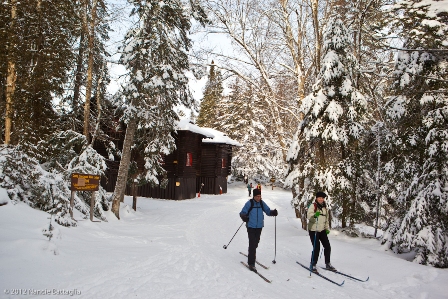
On select weekends this winter the NYS DEC and Adirondack Architectural Heritage (AARCH) will open up historic Great Camp Santanoni for tours during the dates February 15 - 17 and March 15 - 17. The self-guided XC ski or snowshoe tours to Camp Santanoni will include historic interpretation by members of the AARCH staff upon arrival at the camp. The staff will be in residence at the Camp for the weekend. The trip into Camp Santanoni is a 9.8 mile round trip on the gently sloping carriage road.
Calling all chili cooks!
Schroon Lake's 3rd Annual Chili Cook off takes to the stage on February 22 at the Mountainside Gymnasium. Cooks will compete in the categories such as Best Meaty, Best Veggie, People's Choice and Best Chili from a fire, ambulance or rescue squad. 100% of proceeds go to Schroom Lake EMS. The event begins at 11:30 am, with tallying of votes and announcement of winners at 1:30 pm.
Who can catch the biggest fish?
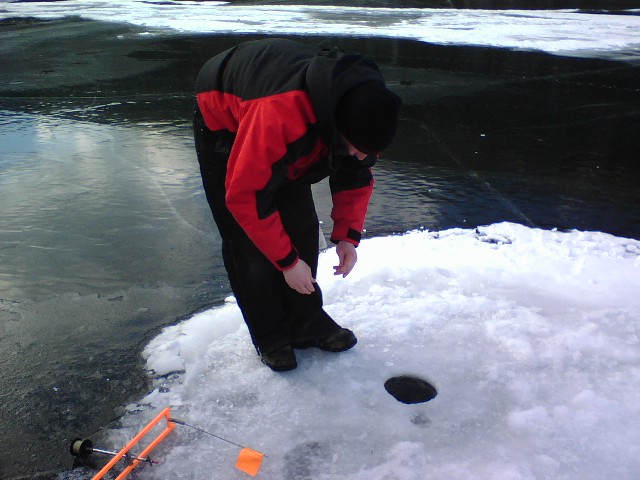
Hooray! This year the ice in Schroon Lake is ample depth to hold the 22nd Annual Schroon Lake Ice Fishing Derby. Join in on March 1st and 2nd and try to catch the biggest fish from daylight on Saturday to sundown on Sunday in the designated waters of Schroon Lake. There will be three categories this year - trout, northern pike and salmon - and cash prizes! Don't miss this very popular event!
If you haven't already made plans to spend a night or two, check out our lodging options. See you around the events circuit in Schroon Lake!
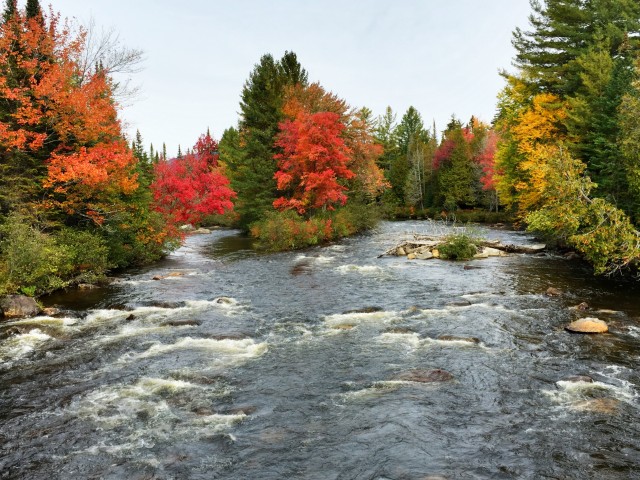
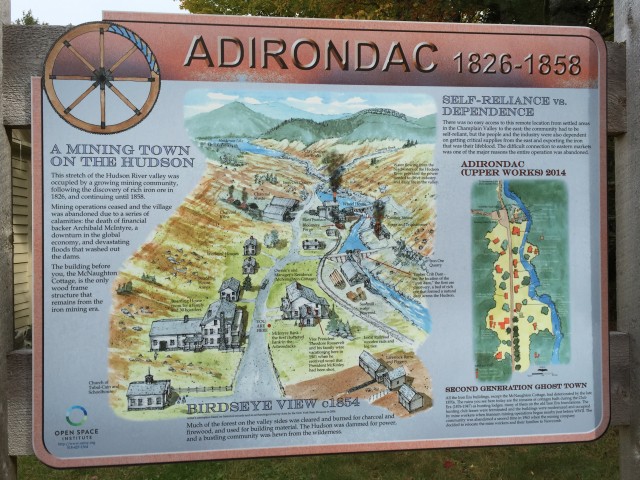
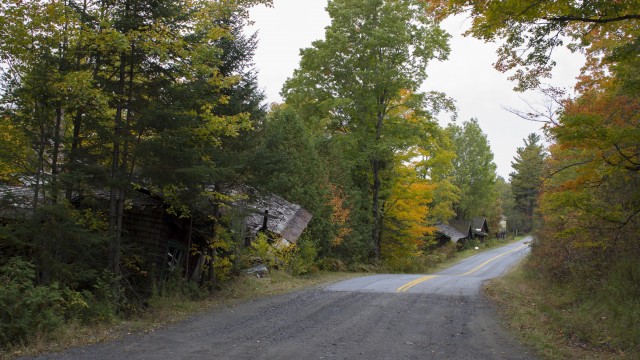
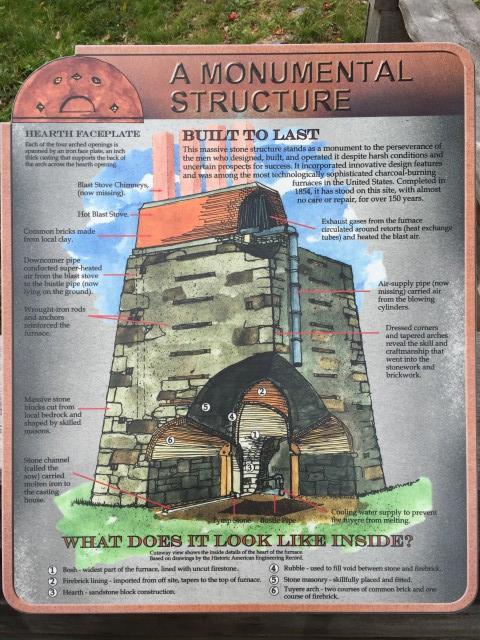
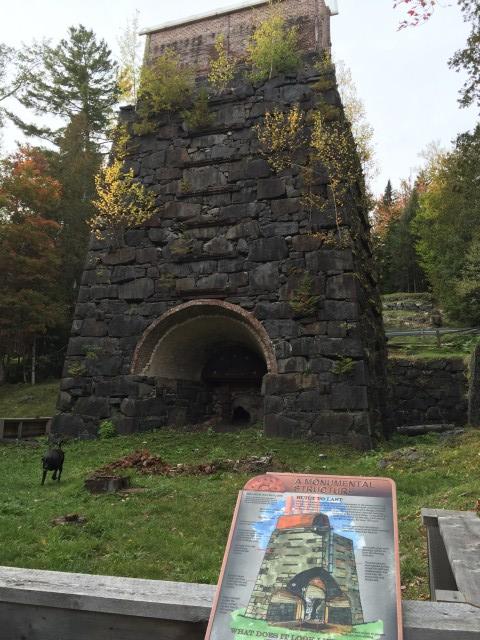
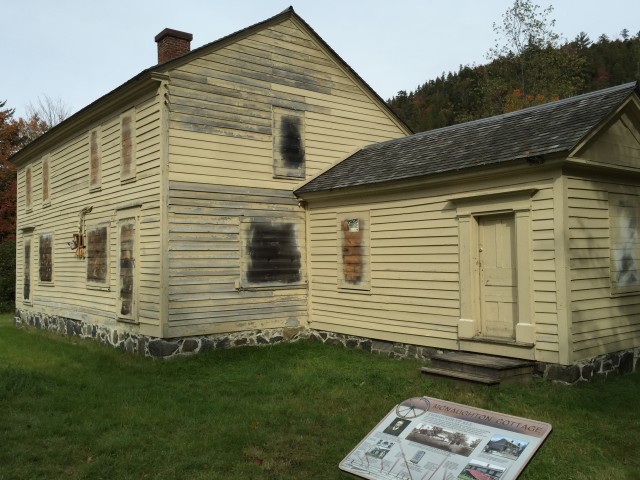
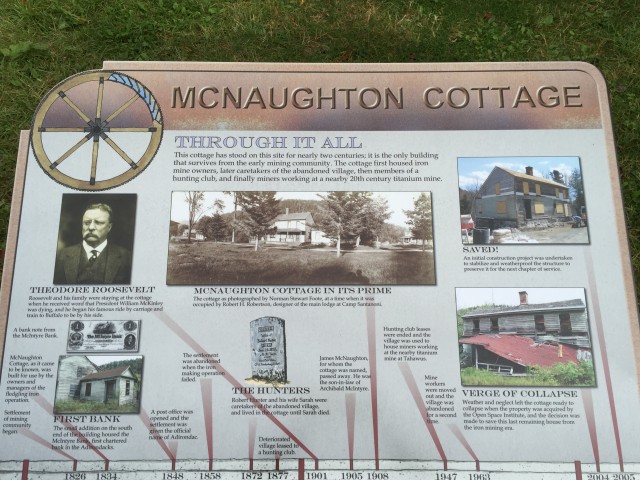
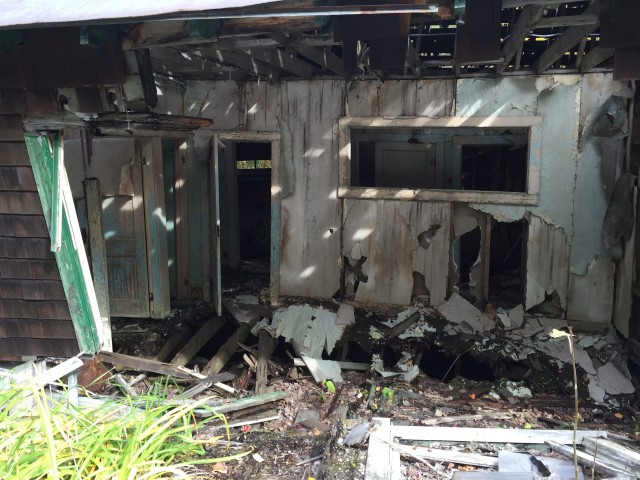
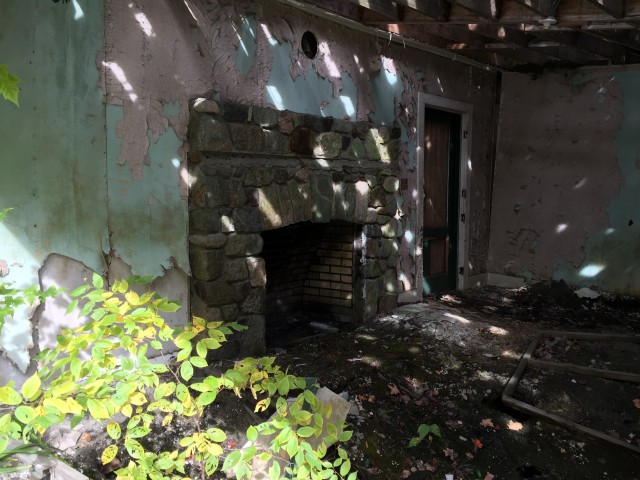
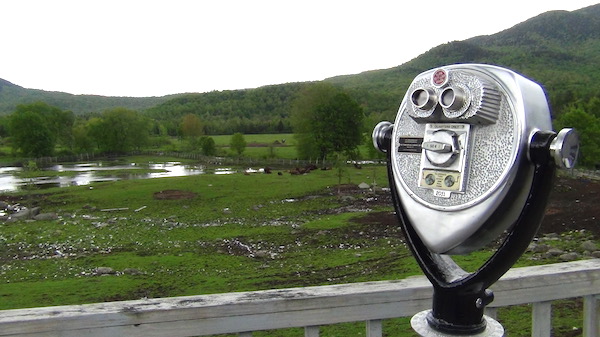
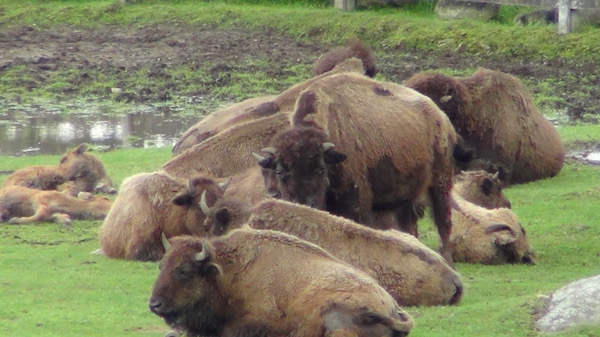
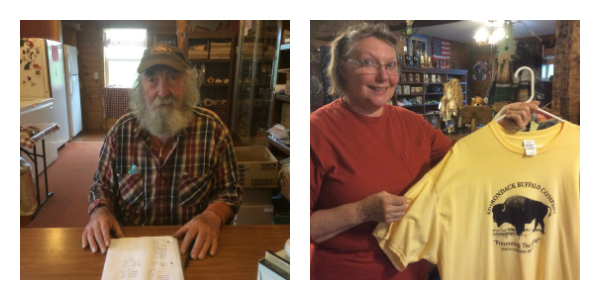
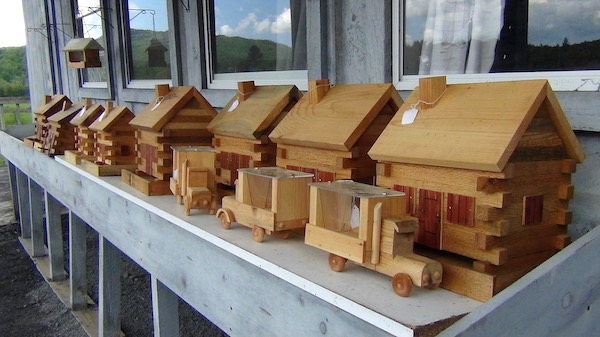
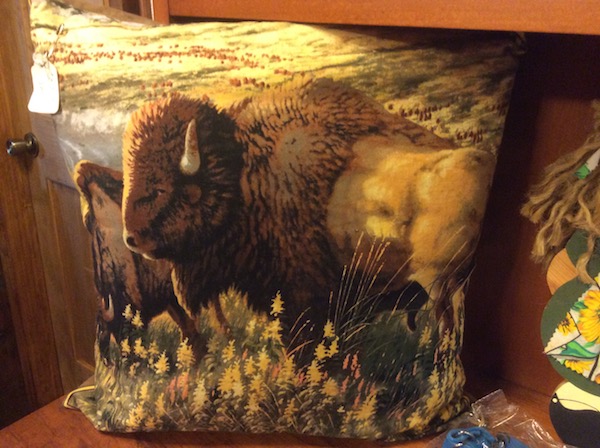 \
\